The battle to display music has ranged from originally printing & taping hundreds pages together.
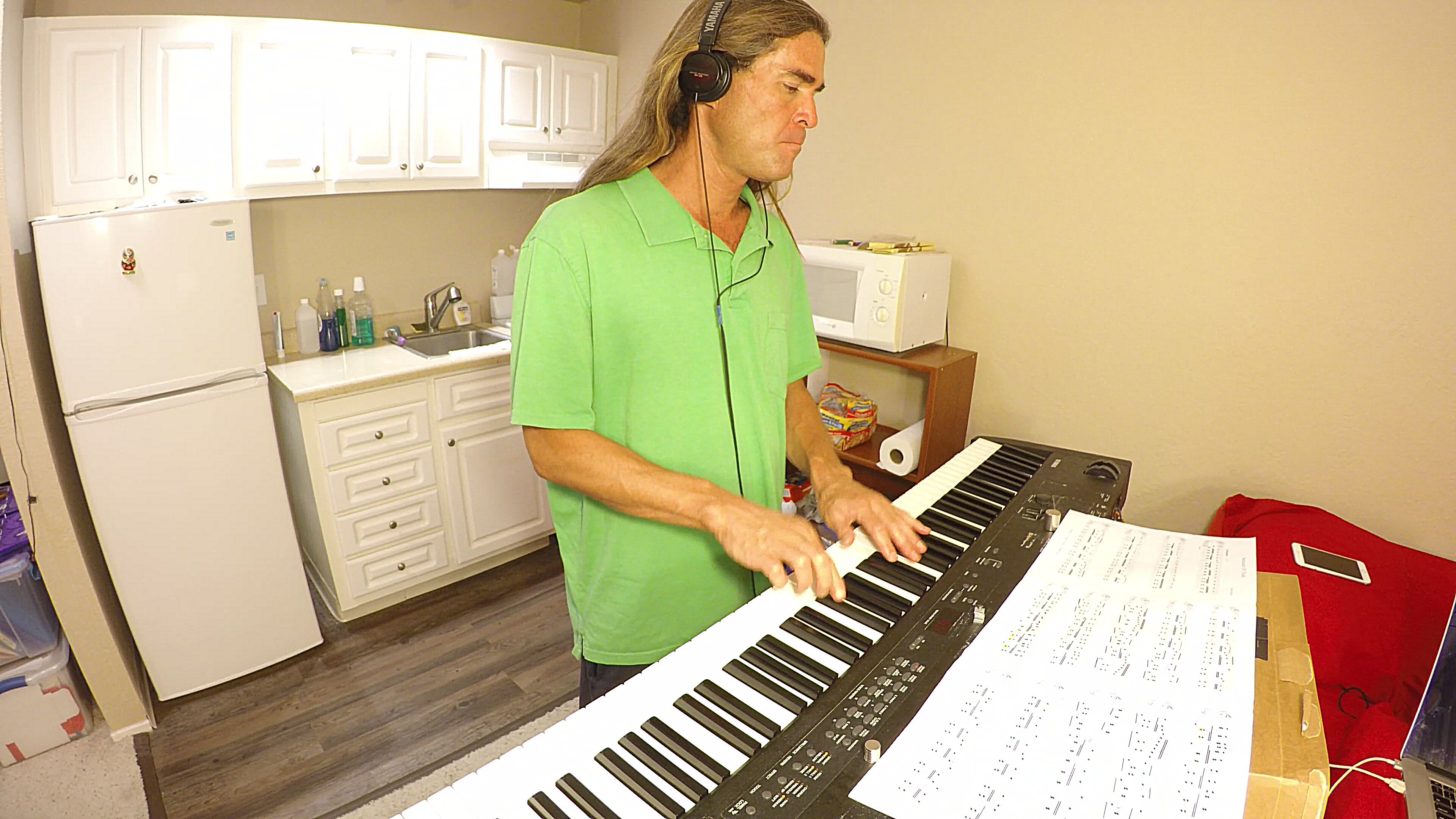
To the ridiculously large full sized TV.
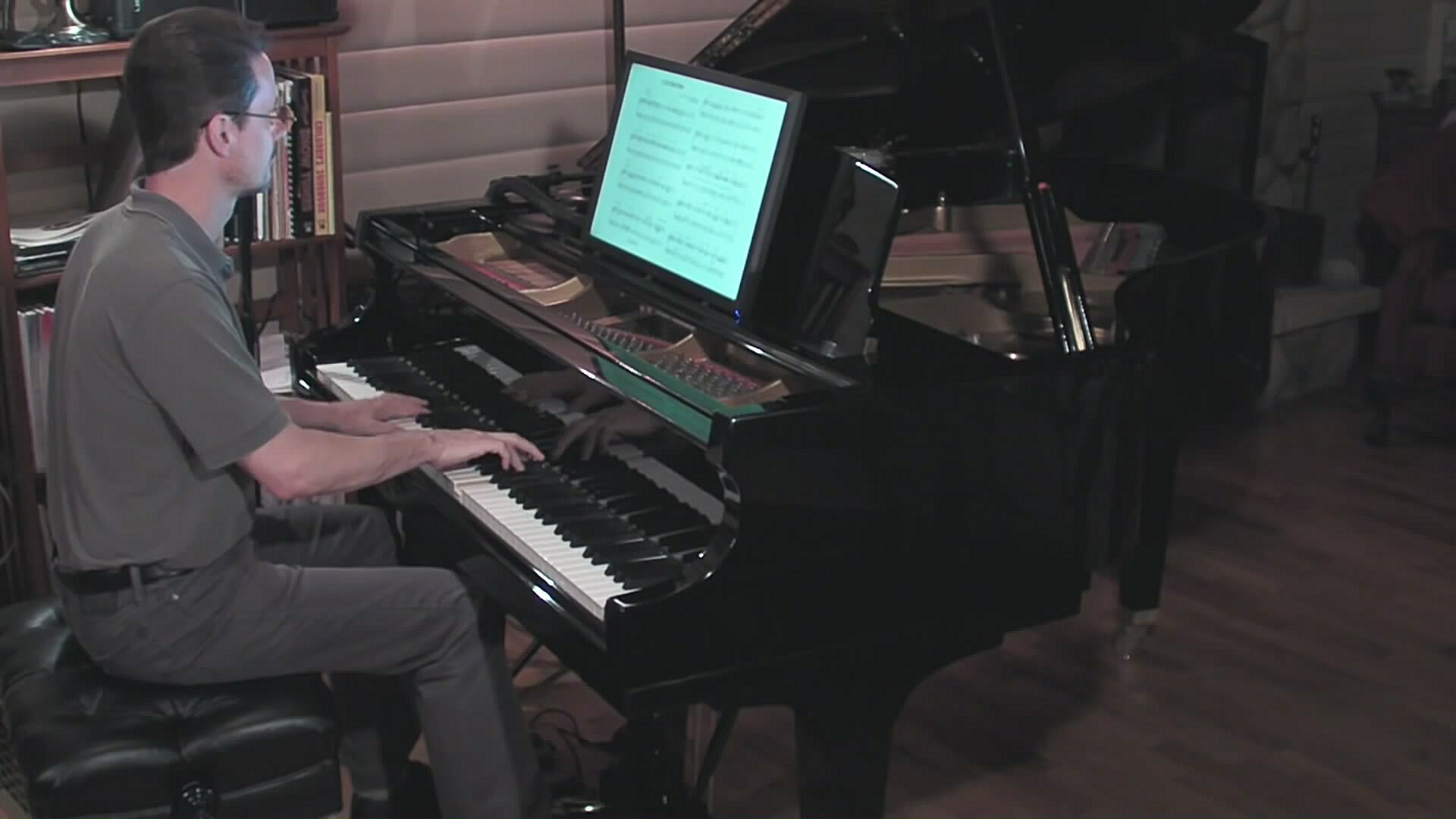
To the ridiculously small & expensive tablet.
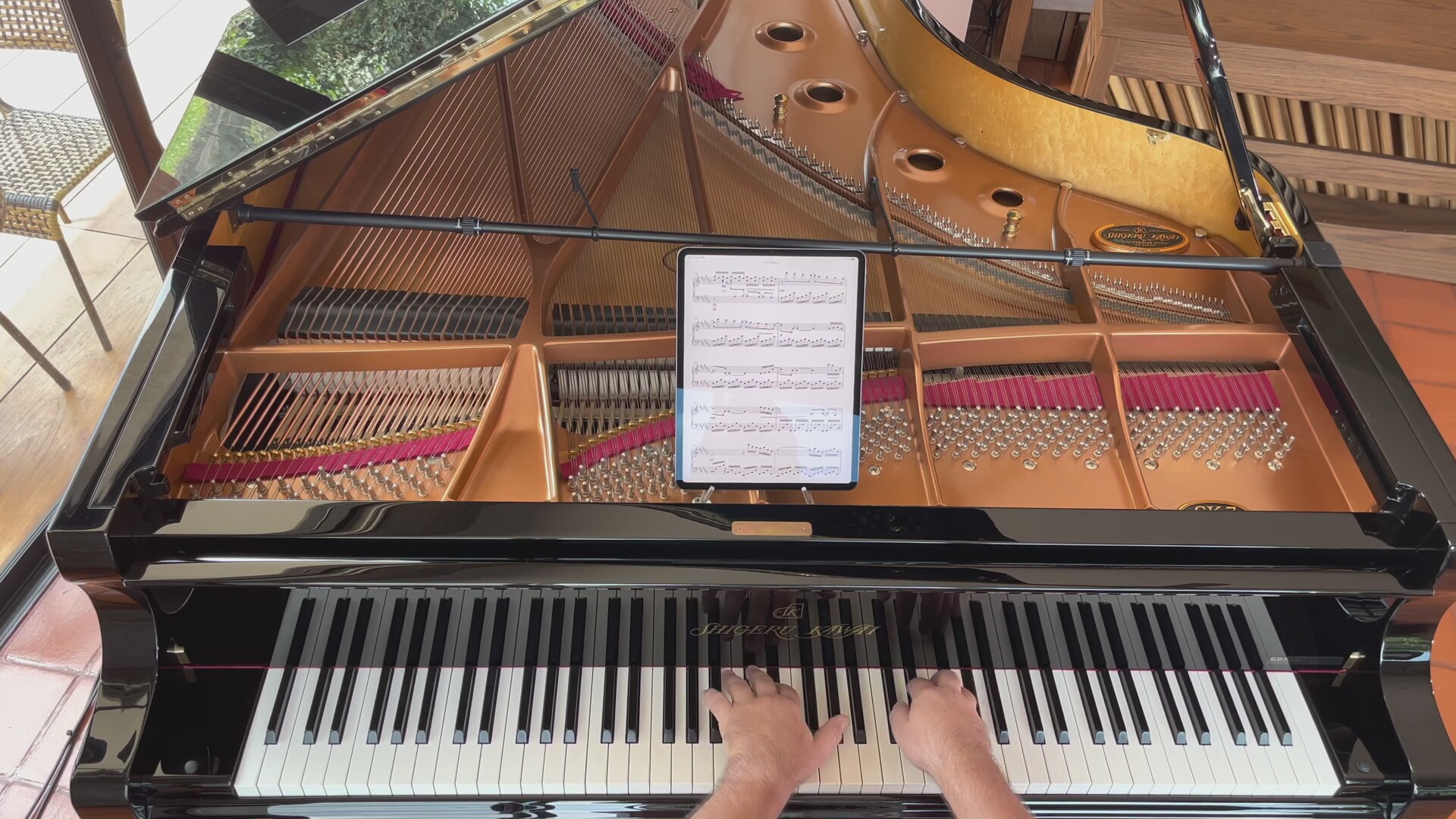
To the ridiculously small & cheap portable monitor.
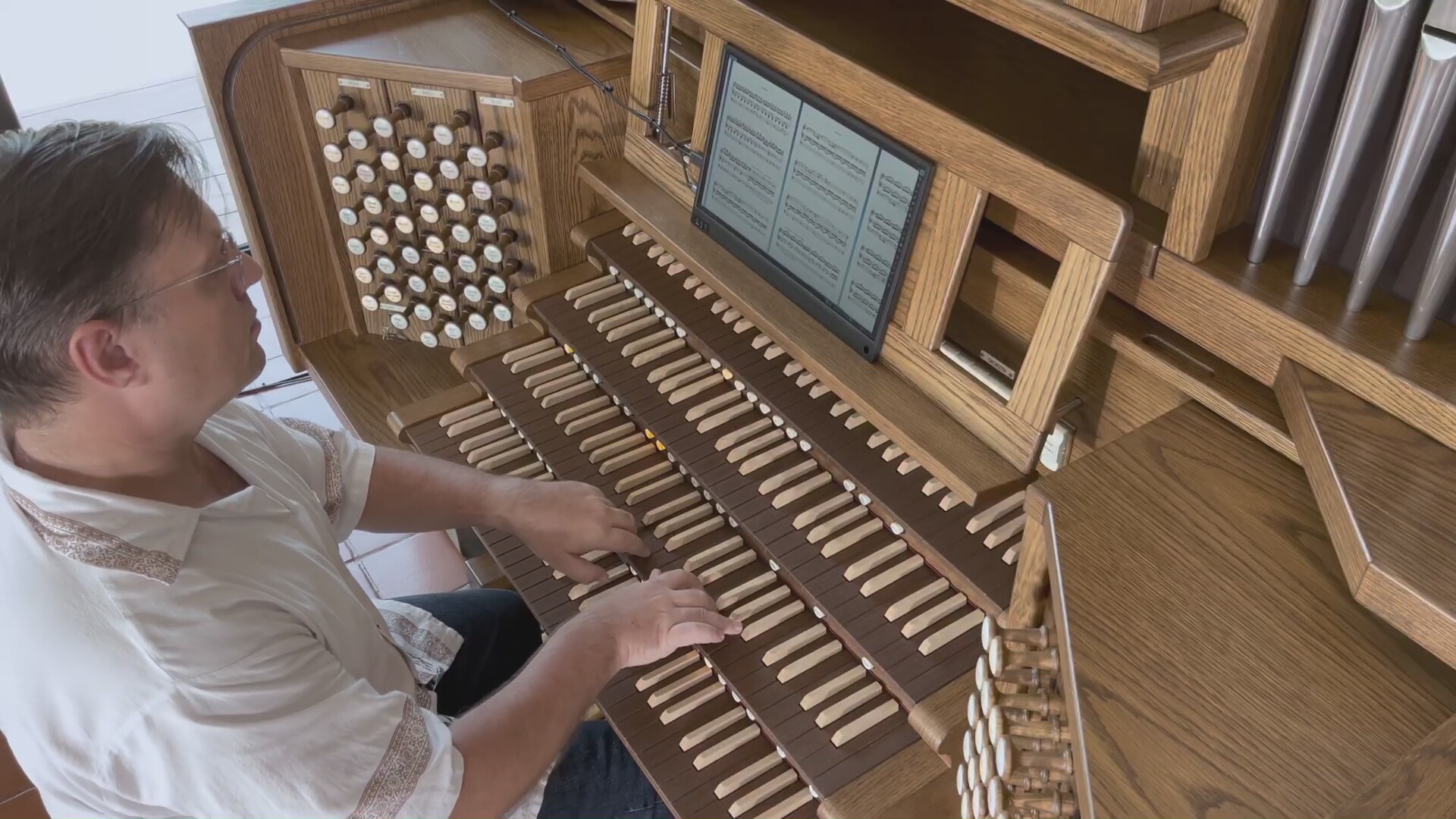
The lion kingdom's goal was always a cheap & large 2 page display, replicating the original book format. The easiest way to get there was 2 monitors in portrait mode. Cheap portable LCD monitors finally started appearing in 2019, but they weren't really cheap enough to dedicate to nothing but showing music.

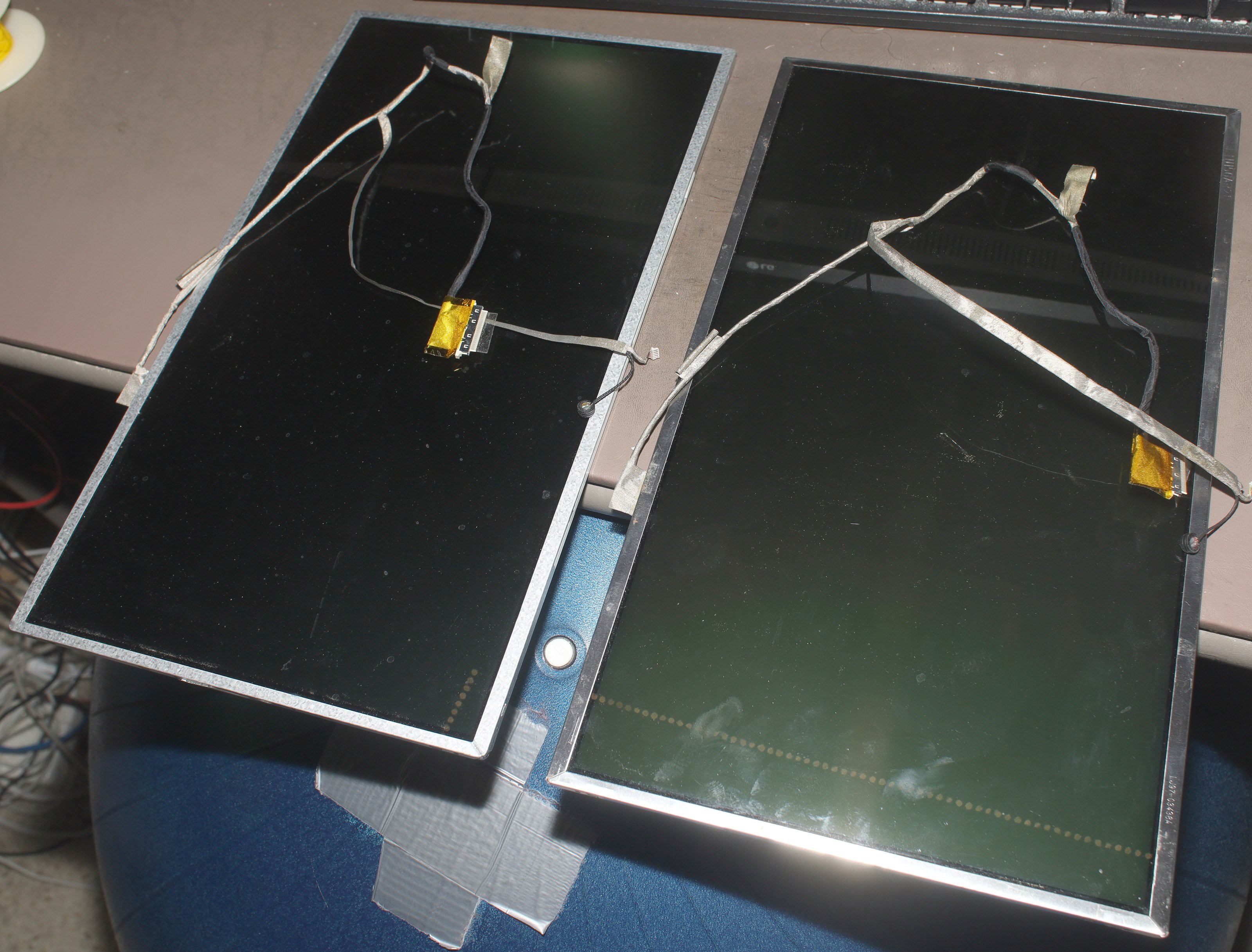
The lion kingdom's stock of obsolete laptops finally reached an age where they were never going to be used again & cheap HDMI to LCD converters abounded. They were the venerable LTN156AT24 & LP156WH4. They both had 40 pin connectors & LED backlights. They both ran on 6 bits per channel. The point had arrived where a dual 15.6" 1366x768 display just might be possible for under $100.
1366x768 might be just enough resolution to replace paper if the RGB channels were used as pixels & the text was cropped. It still remaned a much cheaper option than 1920x1080 panels.
The mane problems with these panels are they're really tall & the electronicals take a lot of space. Besides the HDMI converter, they would need a raspberry pi, HDMI cables, & power supply.
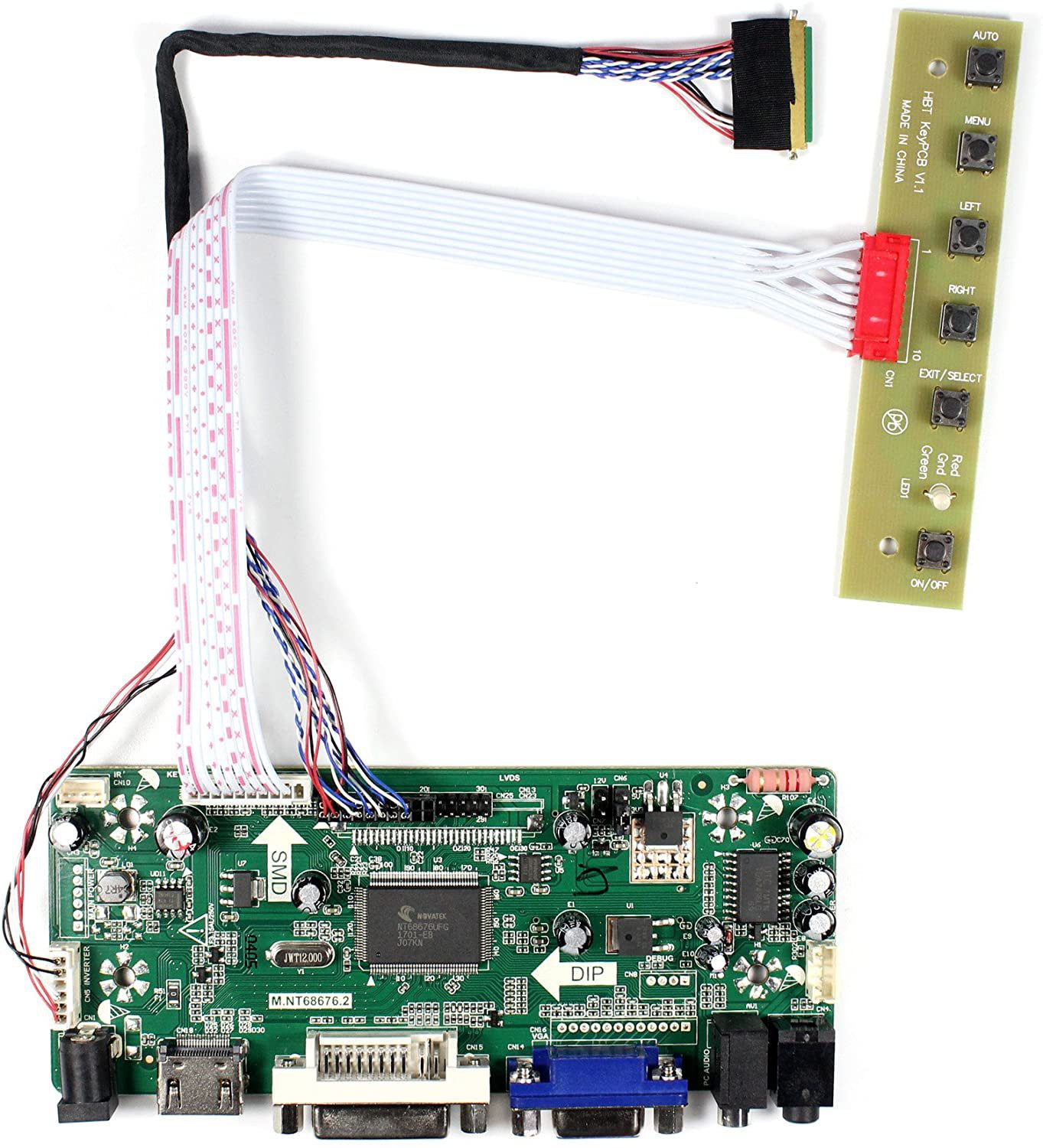
Finding a suitable LCD controller is manely about finding one with the right cable. All LCD controllers seem to do the same basic conversion from HDMI to a certain number of LVD pairs & they all have a header for powering a backlight inverter. None of the converters outside China had a 40 pin cable. They all had 30 pin cables. The goog finally came up with a bang good match.
This is the same controller board sold by millions of sellers on amazon.com, but it's the only one which specifically shows a matching 40 pin connector & describes entering a 1366x768 6 bit mode. They're all based on the same Novatek NT68676 chip.
https://www.banggood.com/40-Pin-1-Channel-6-Bit-LED-LCD-LVDS-Screen-Cable-For-Display-p-1140430.html
They also have different cables for connecting a converter board to a 40 pin or 30 pin panel. Presumably they all connect to the same Novatek board. Sadly, trying different cables by mail ordering from China could take years.
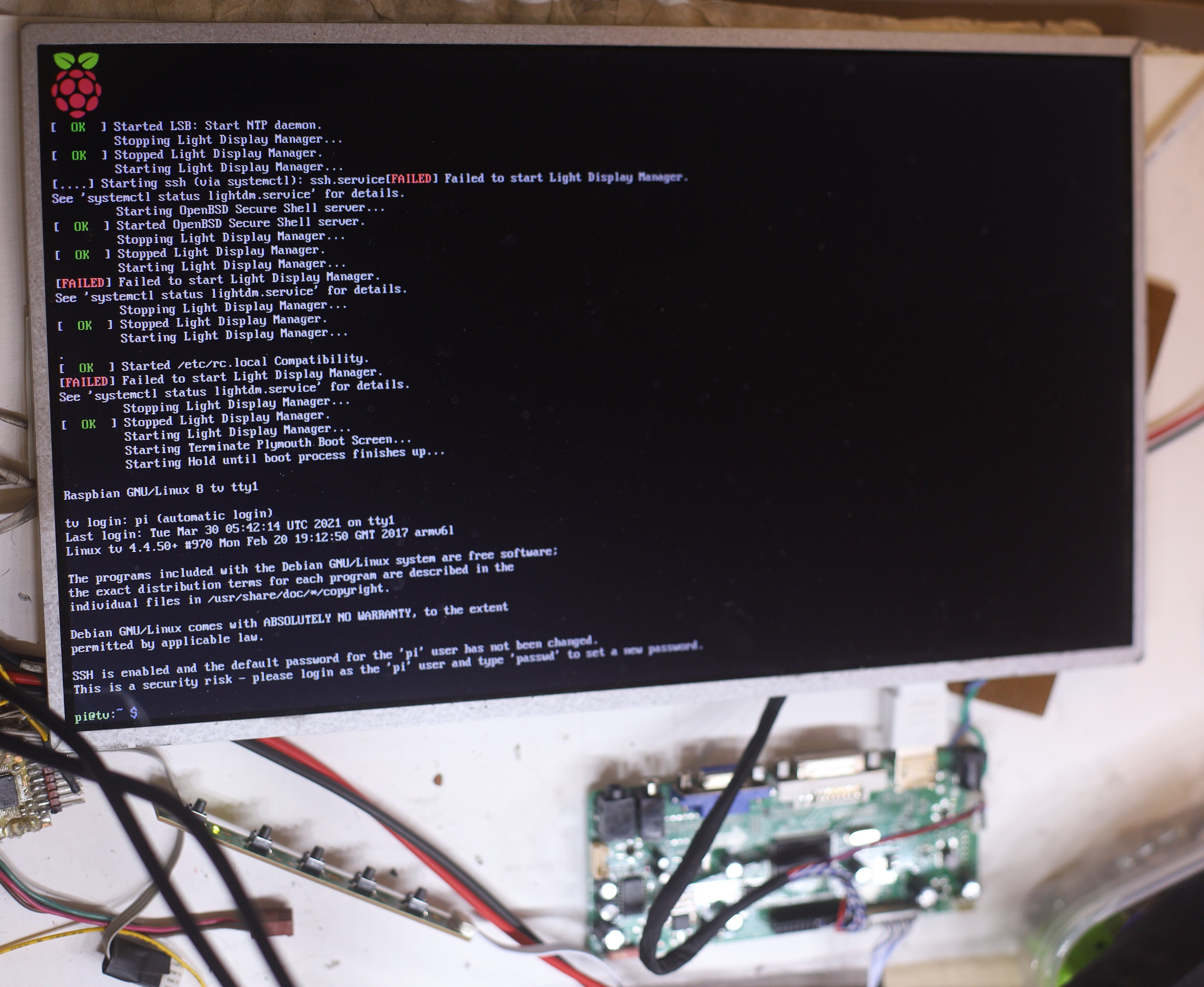
The lion kingdom got lucky & the 40 pin cable worked with the 40 pin connector on the LTN156AT24 & LP156WH4.
Very important information on setting the language of the Novatek menus.
It should be noted the raspberry pi 4B with dual HDMI doesn't work with 1366x768 panels. It only does 1920x1080, so driving 2 panels took 2 older 1B's.
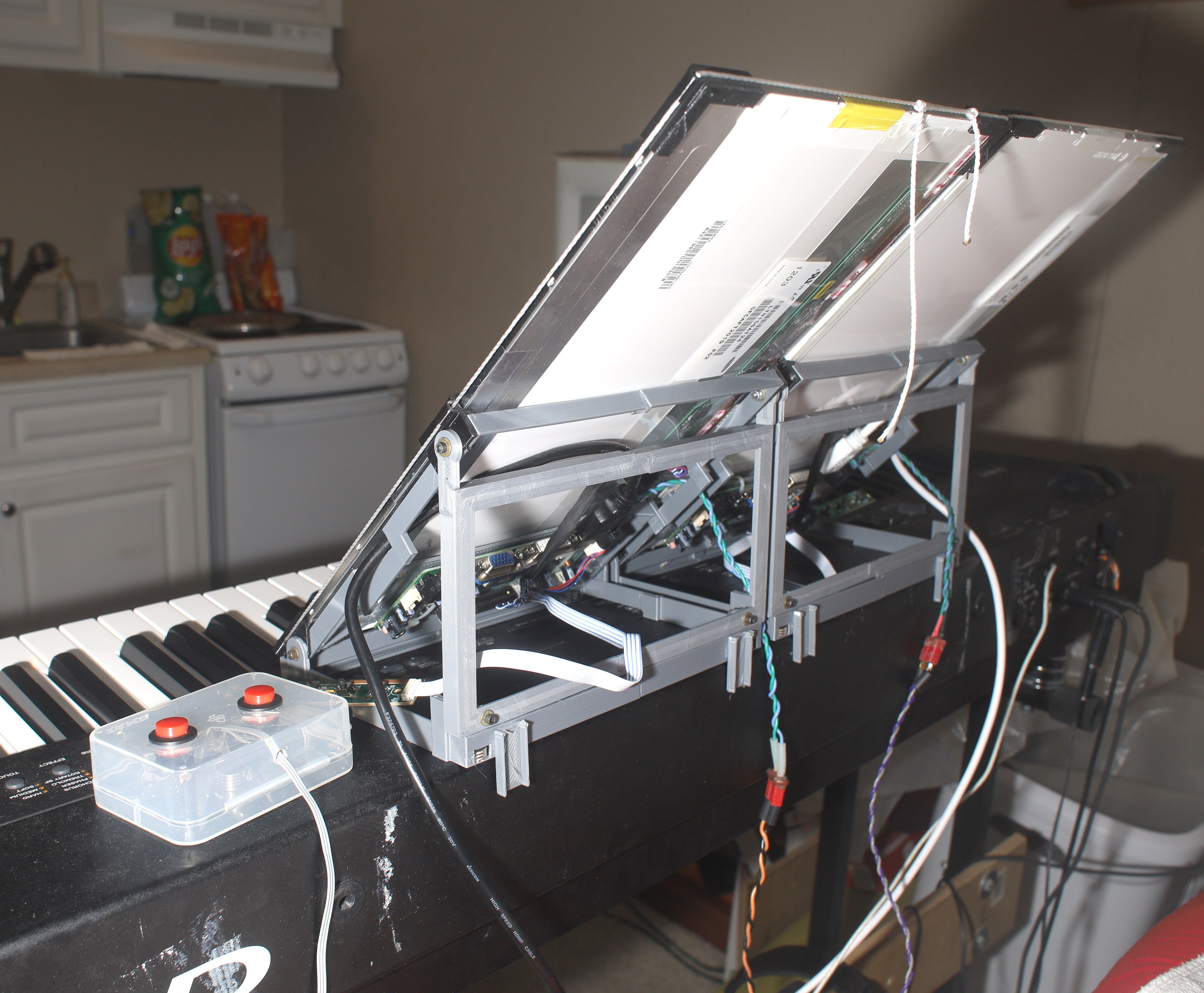
A 3D printed stand, power cables, HDMI cables followed.
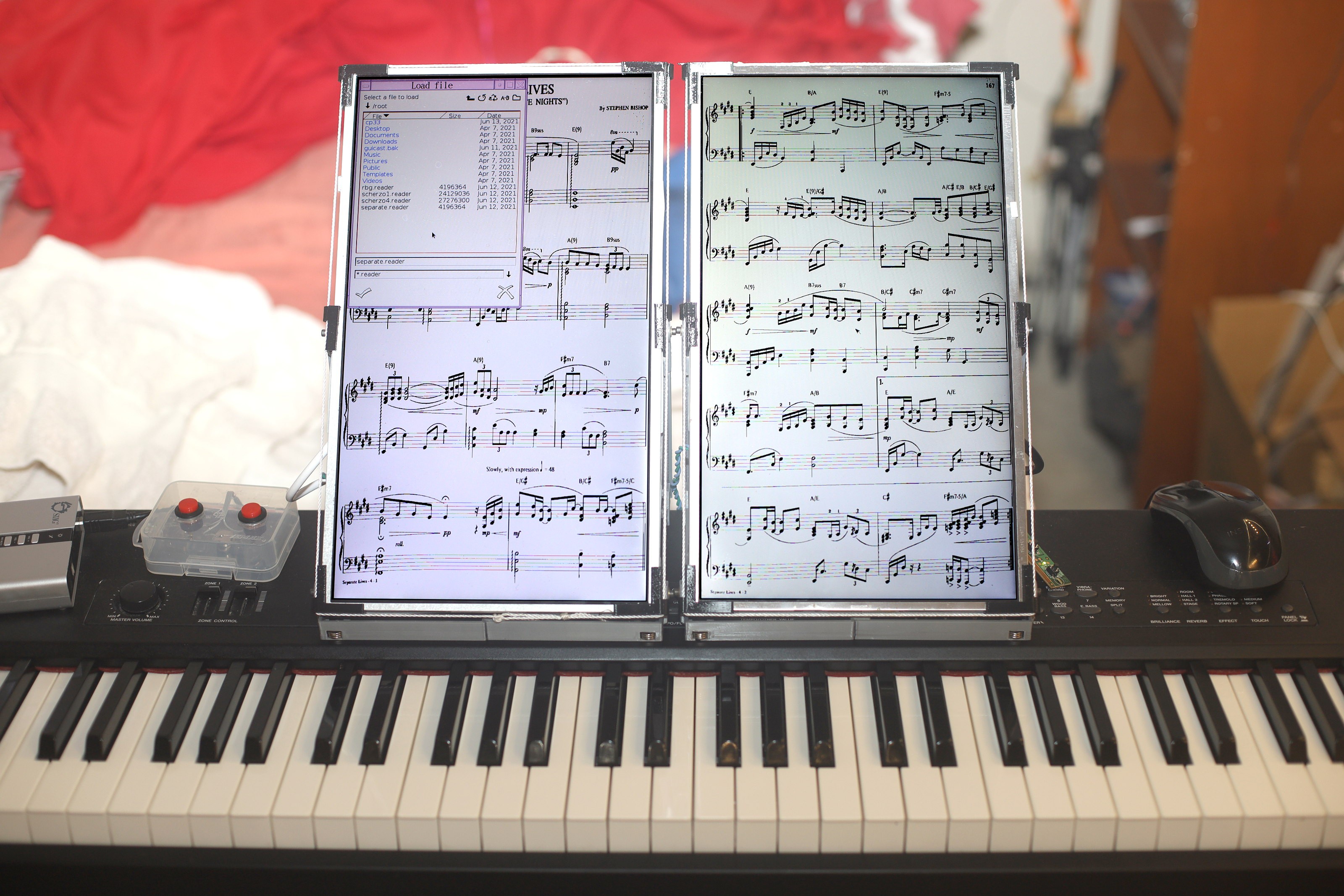
A highly efficient X11 program made the 1B's run as fast as 4B's. Giant 14" tall pages from PDF finally returned.
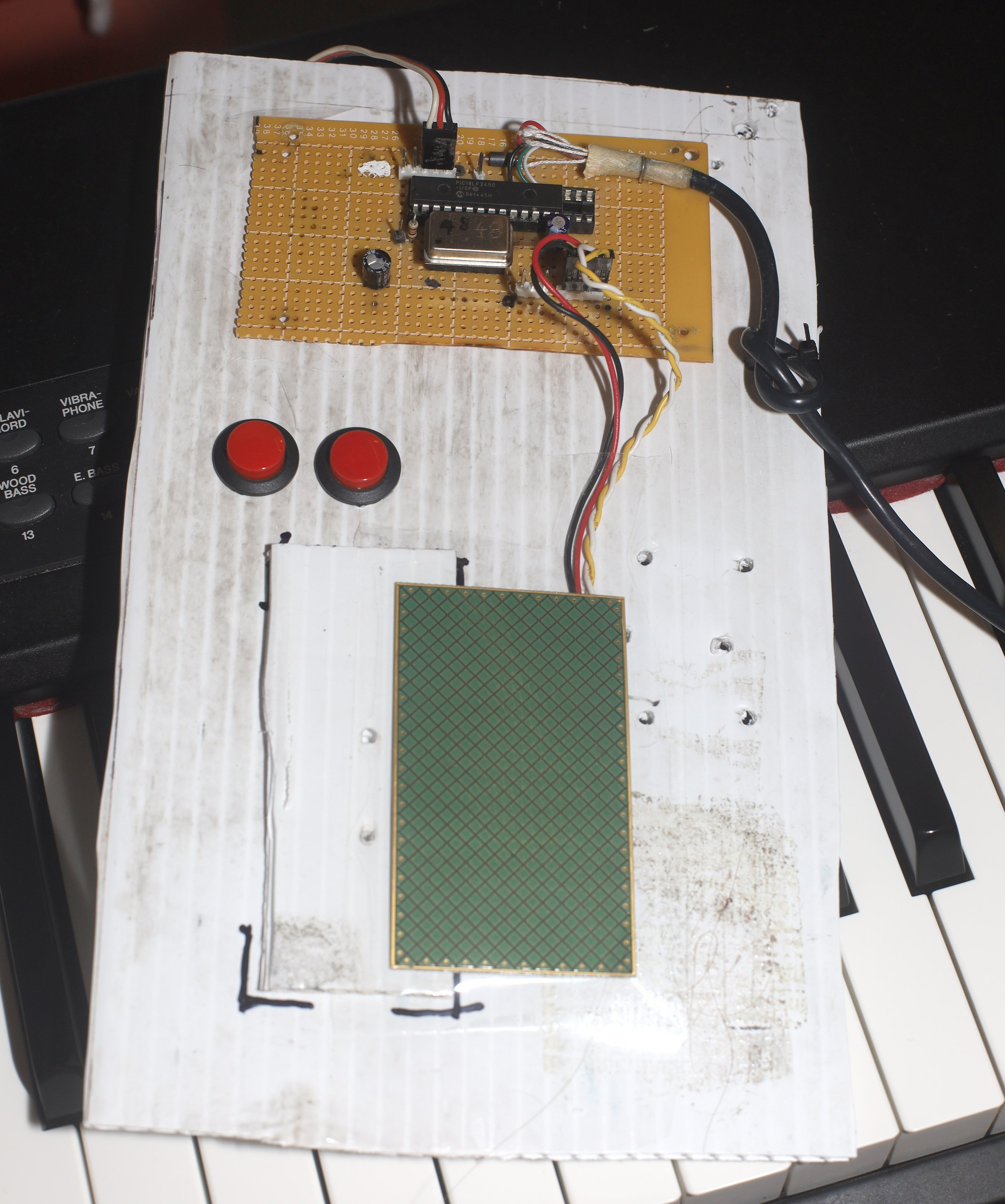
A custom pointing device could be used without a table.
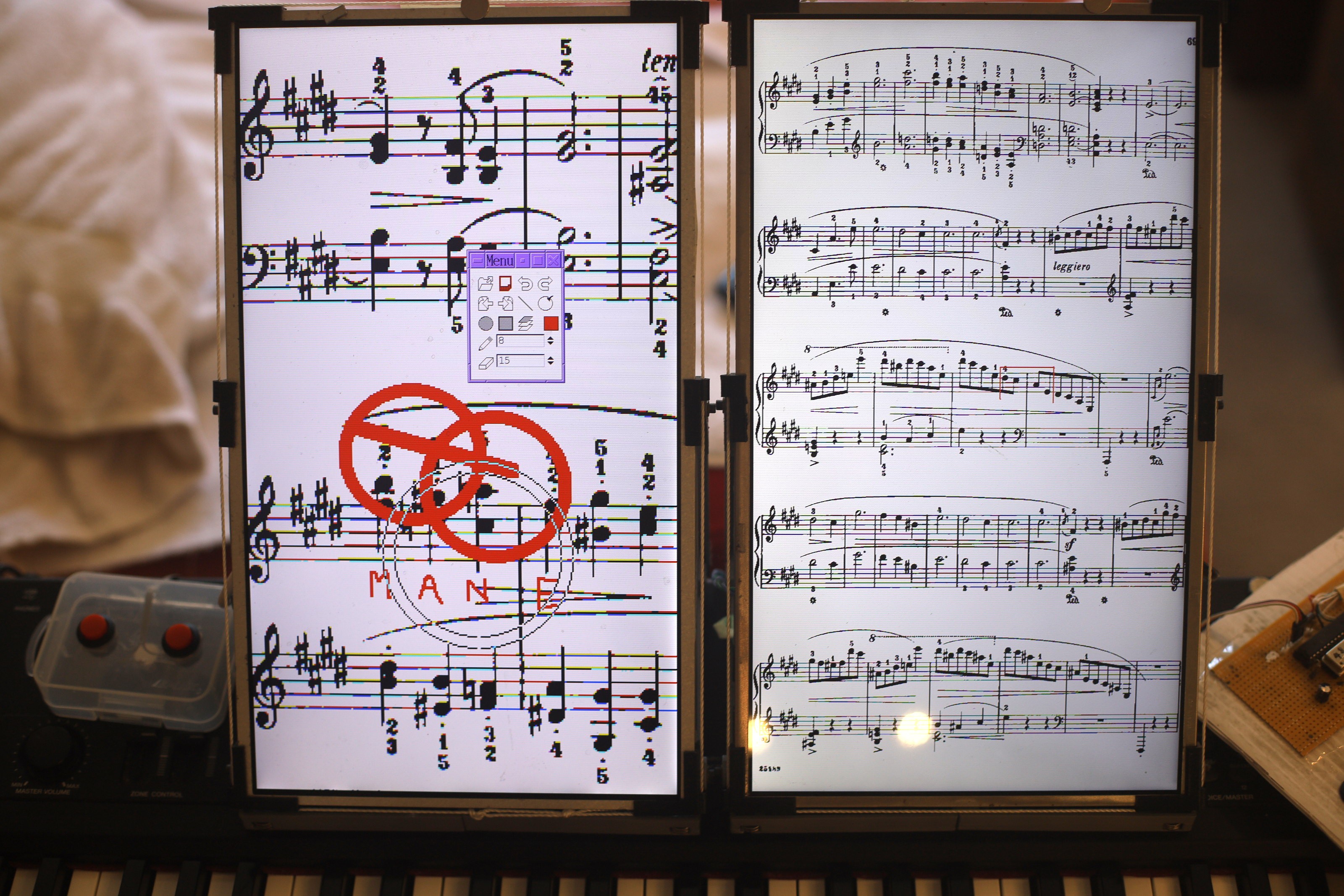
Custom software allows annotating on 1 screen.
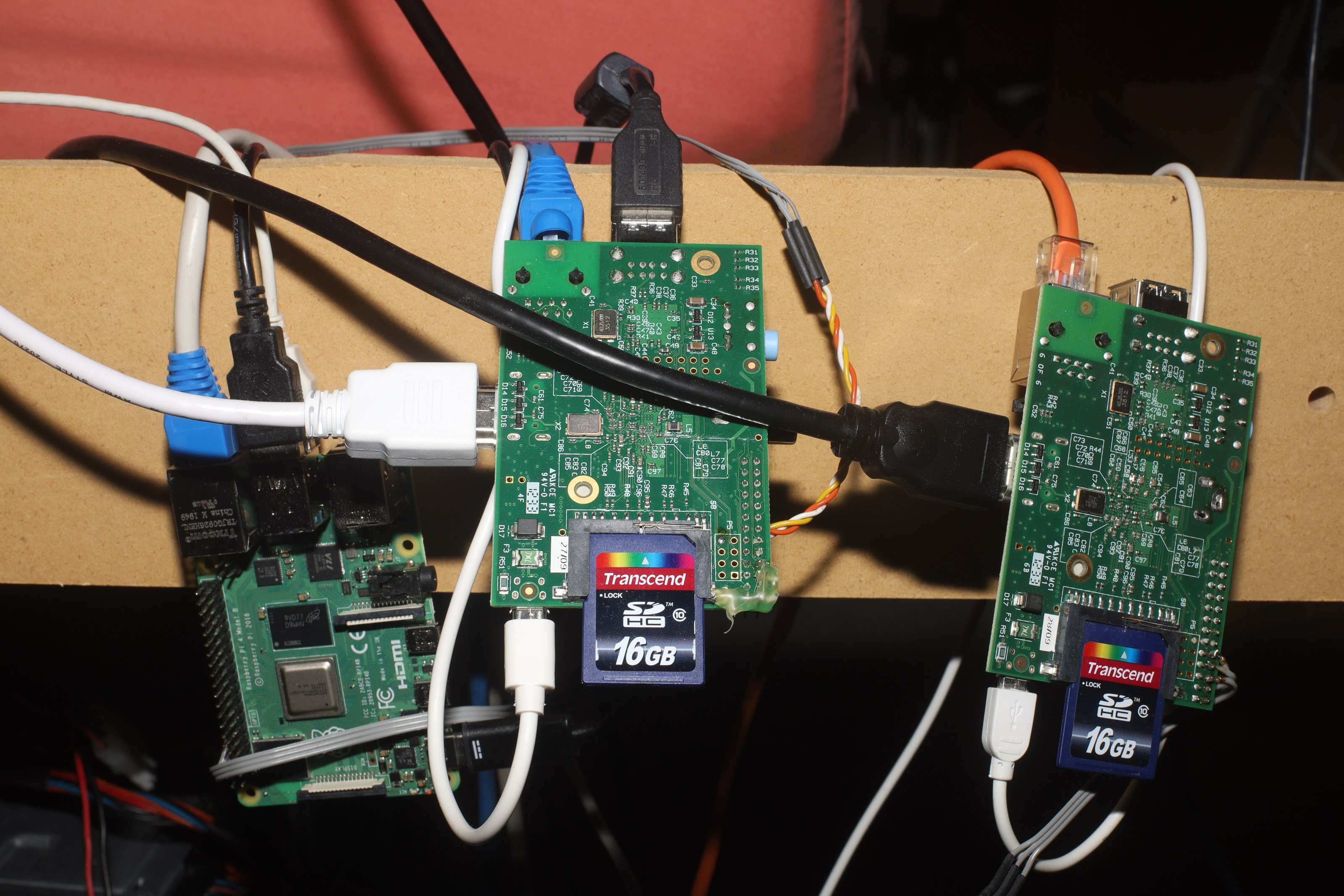
It would have been more efficient but expensive to drive everything with a single PC instead of a bag of ancient raspberry pi's.
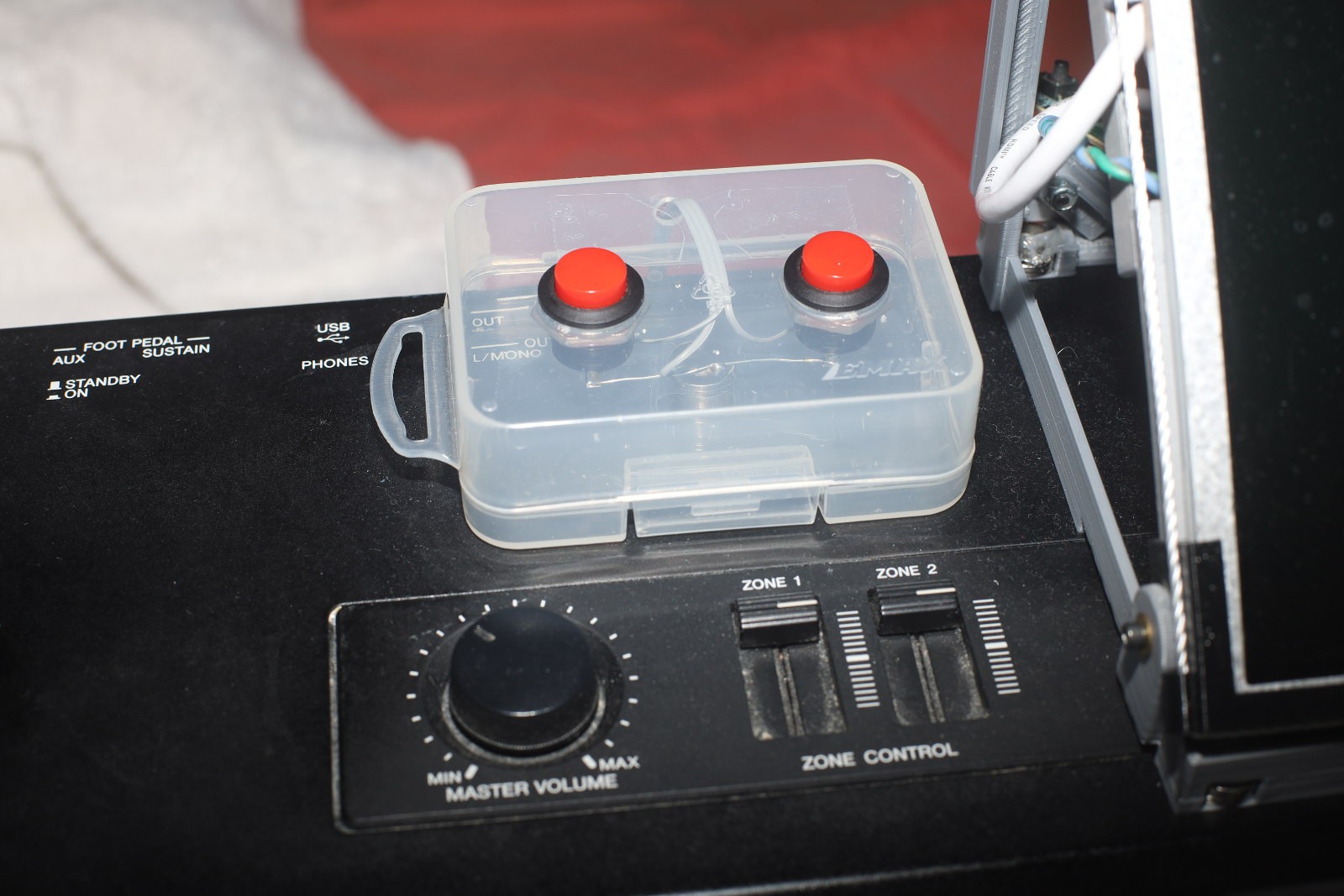
Page turning buttons.
 lion mclionhead
lion mclionhead
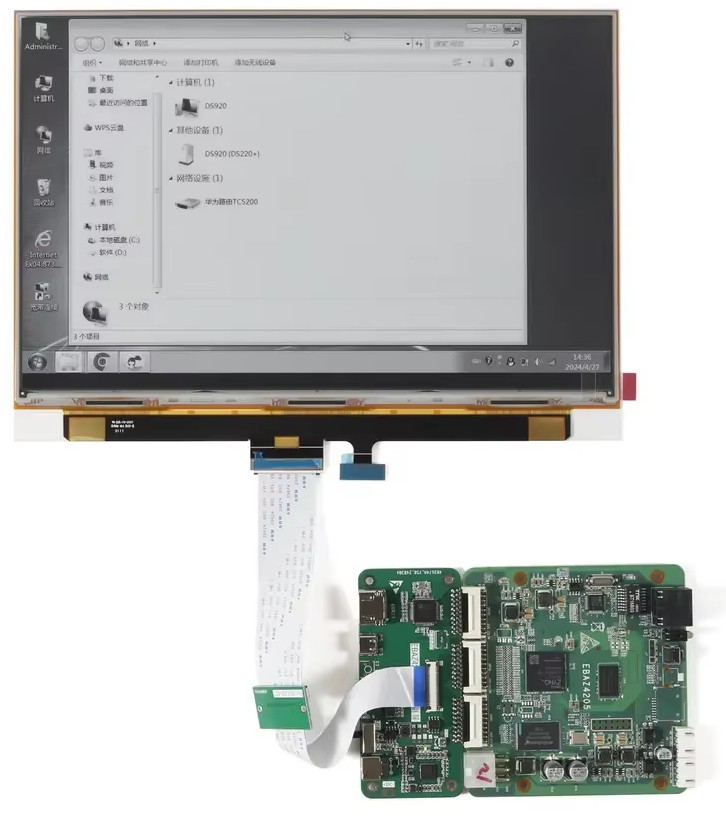
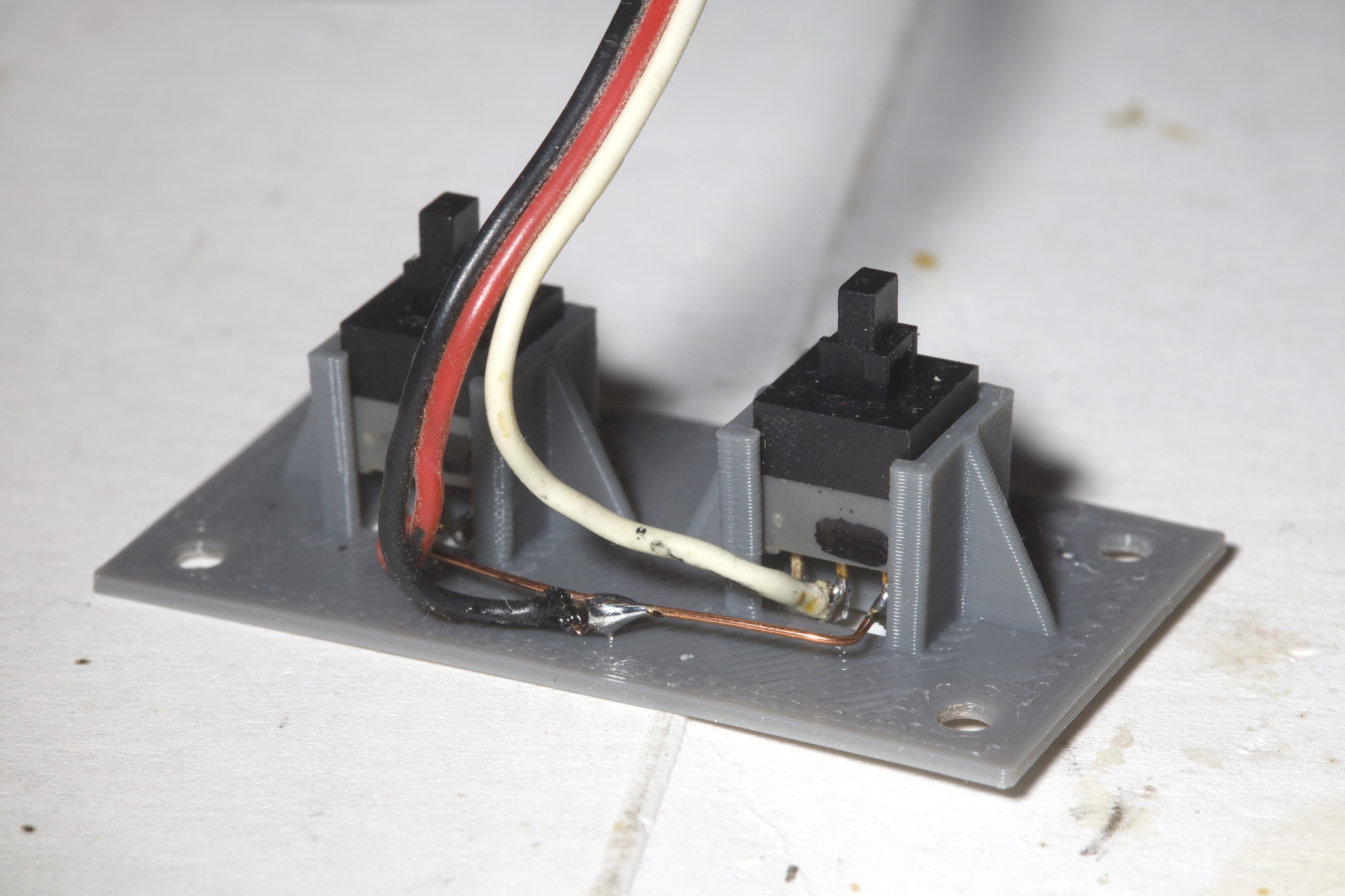
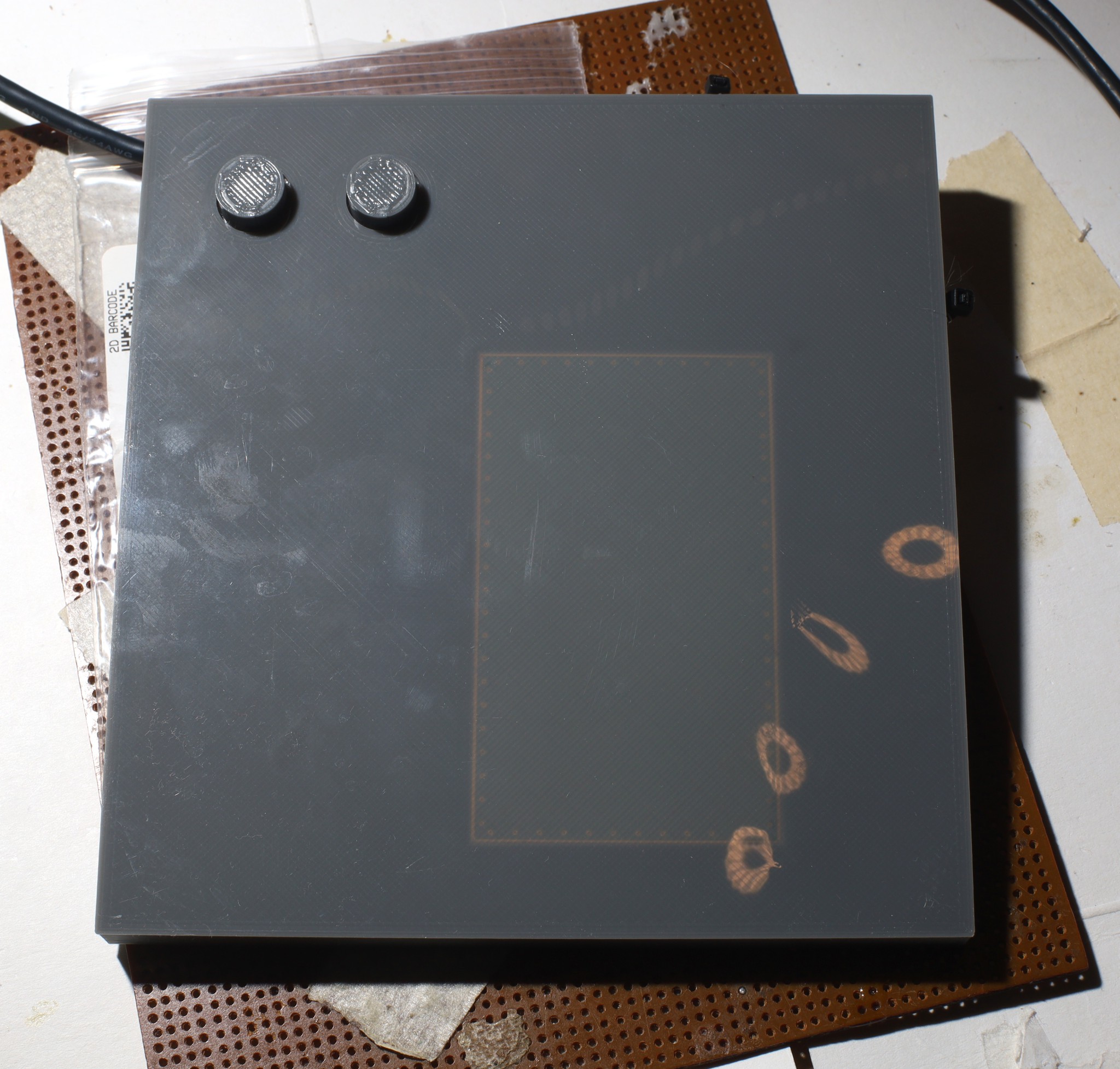
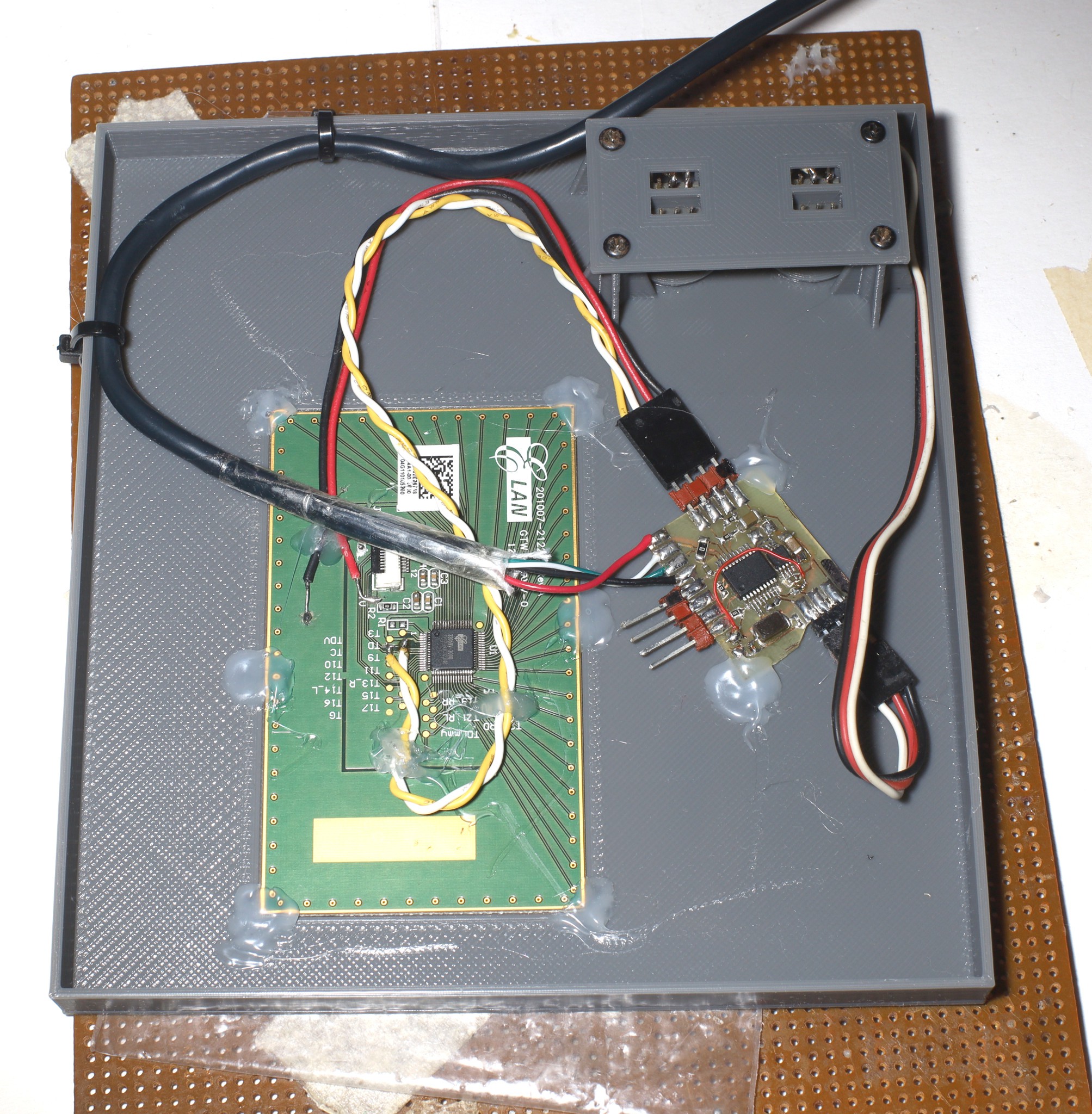
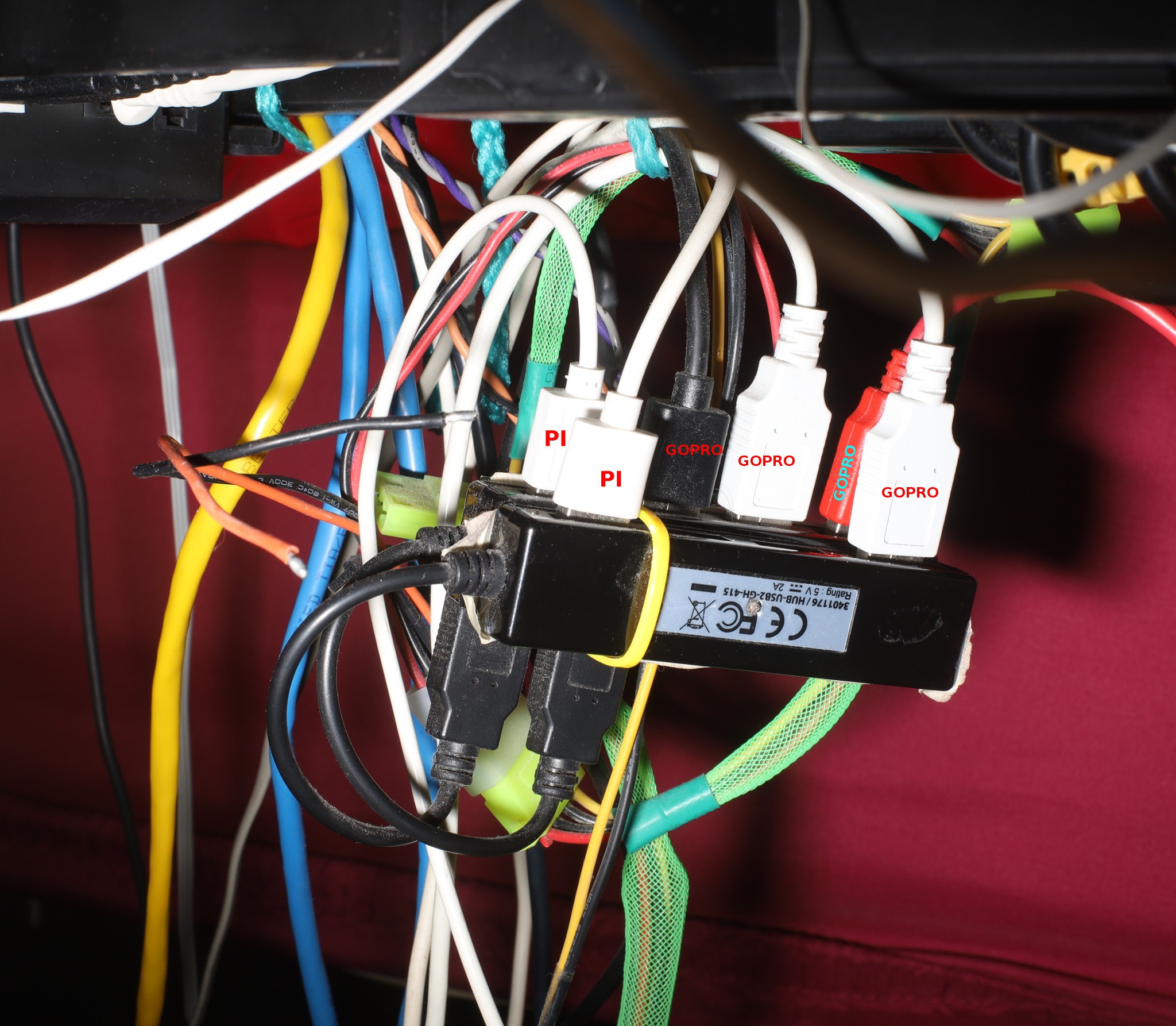
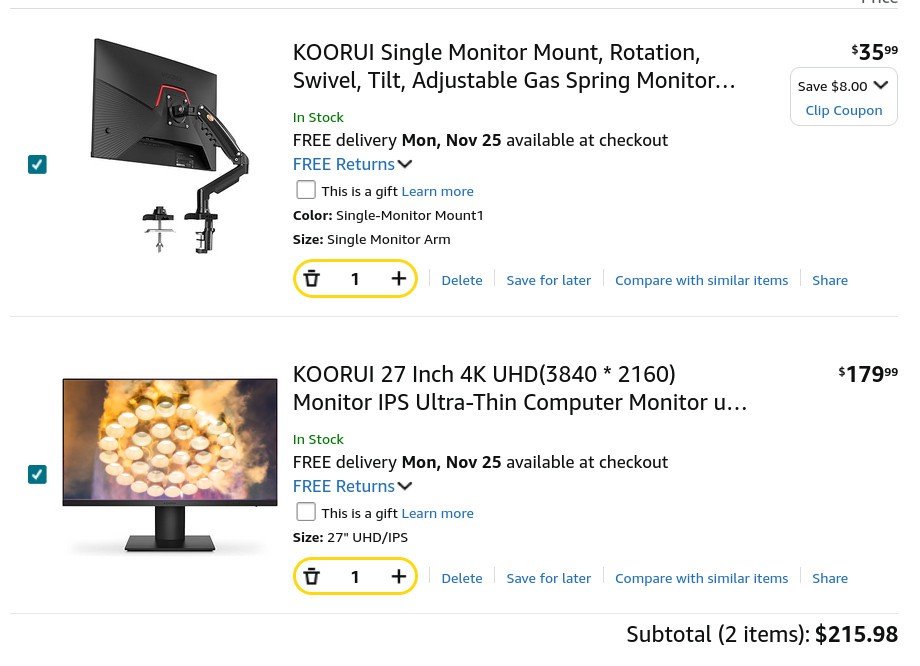

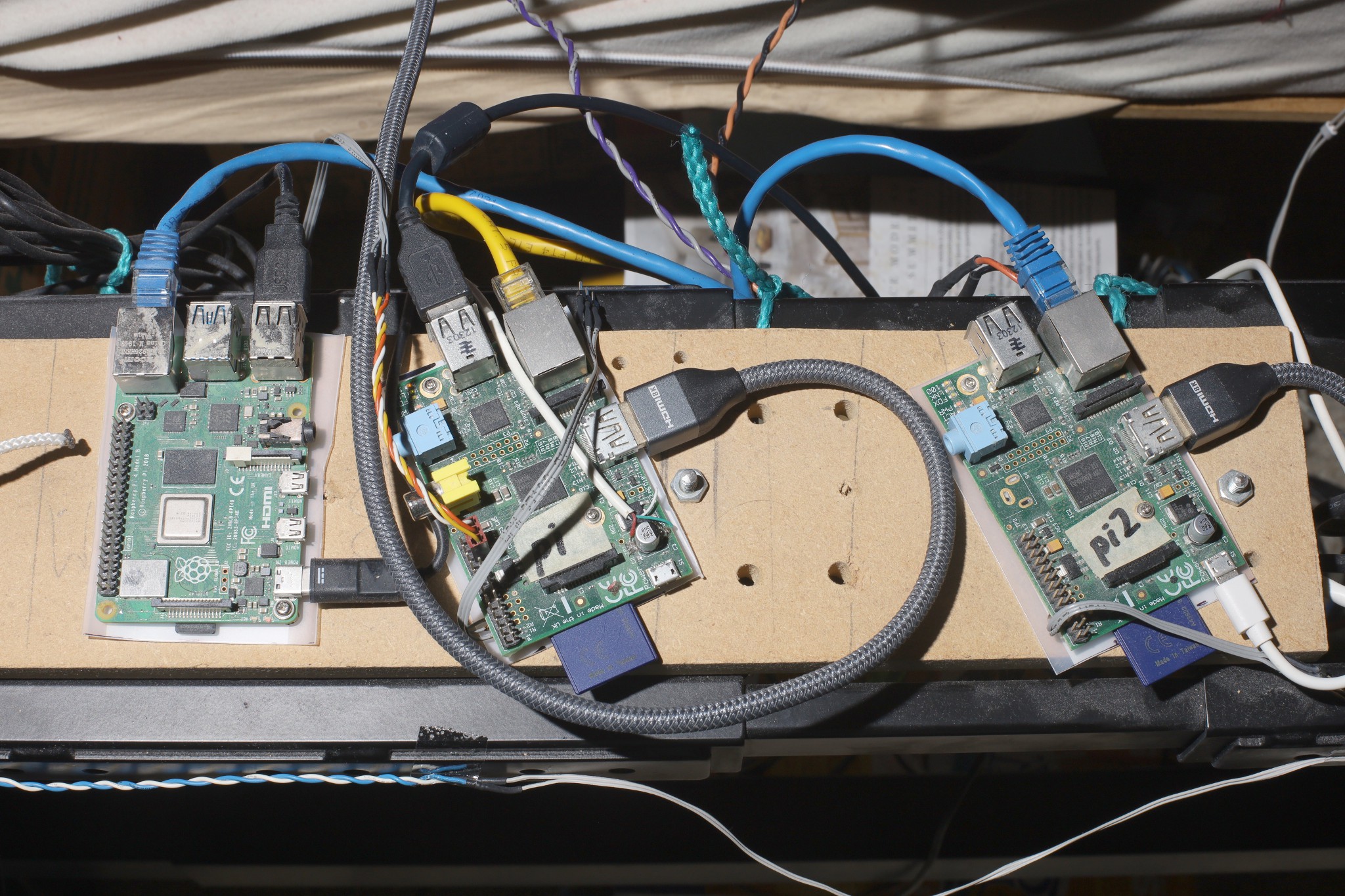
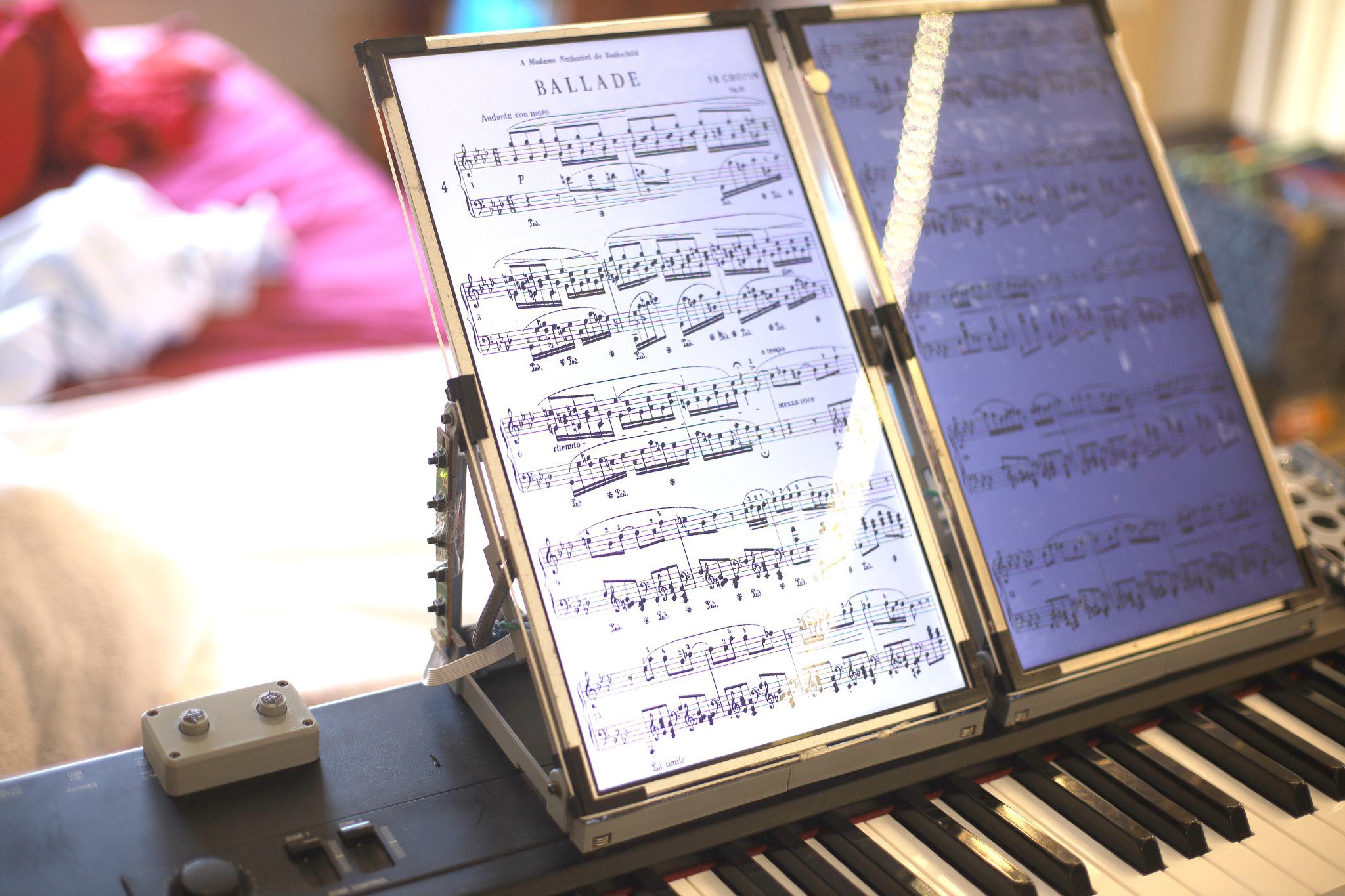
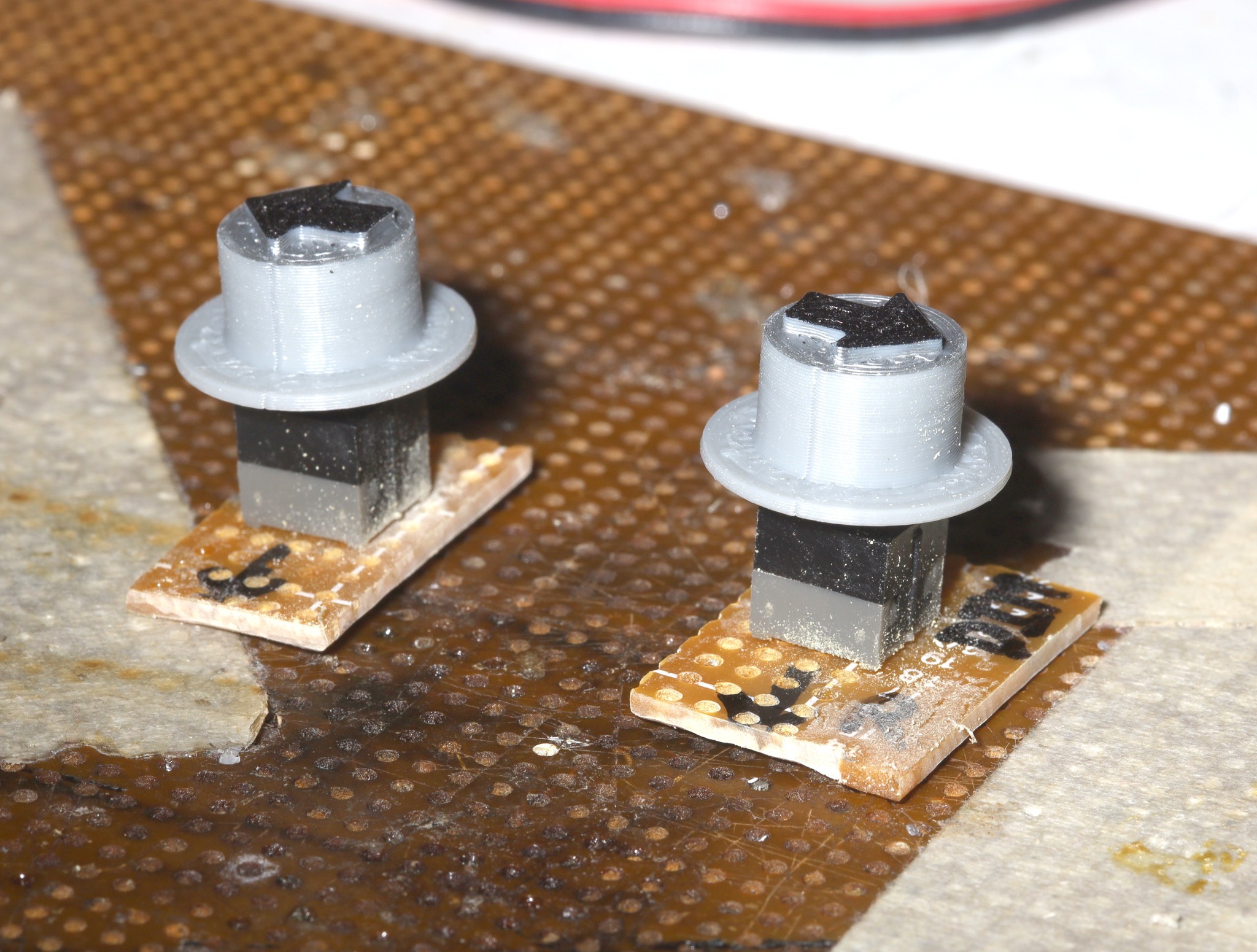
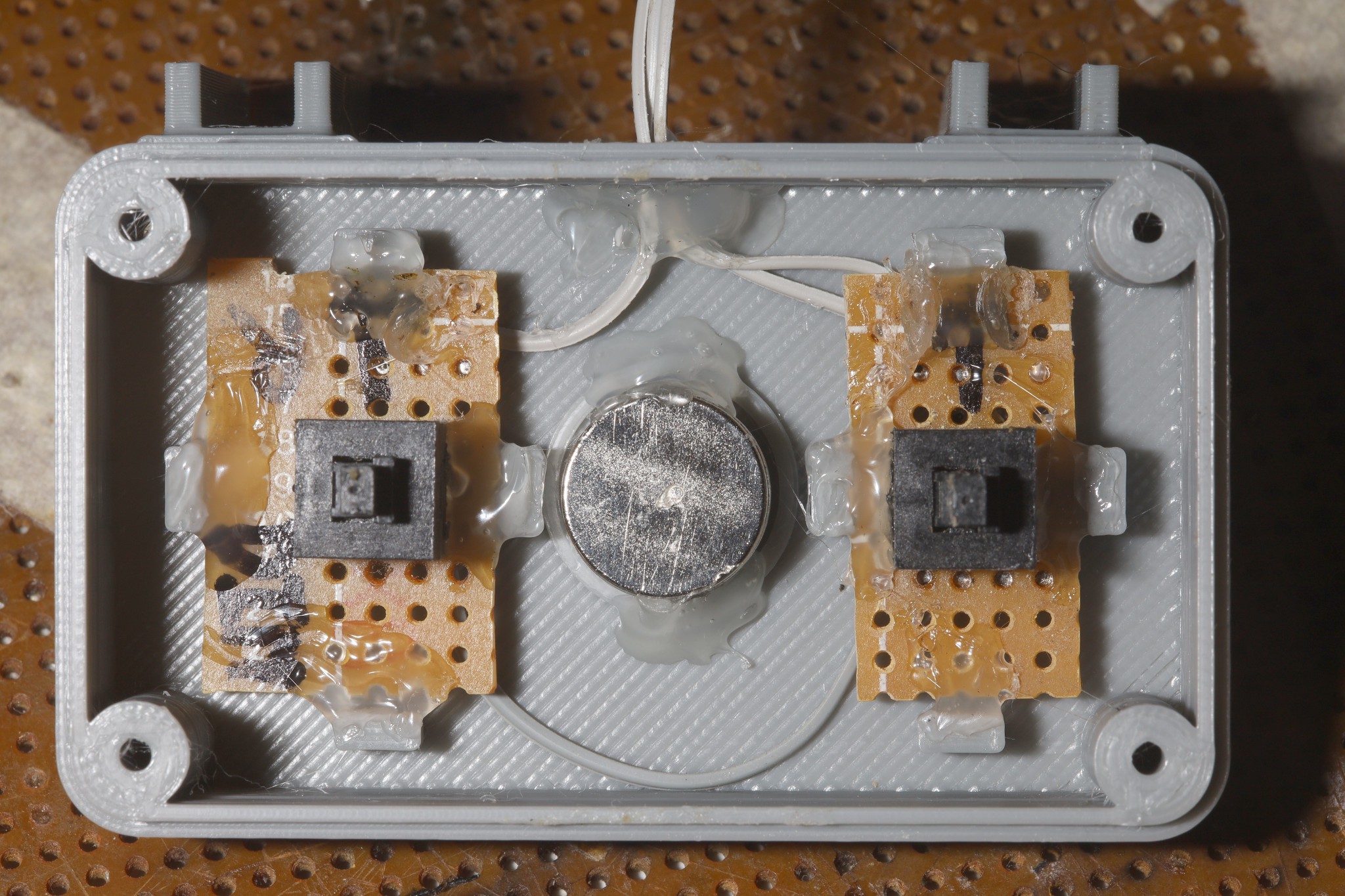
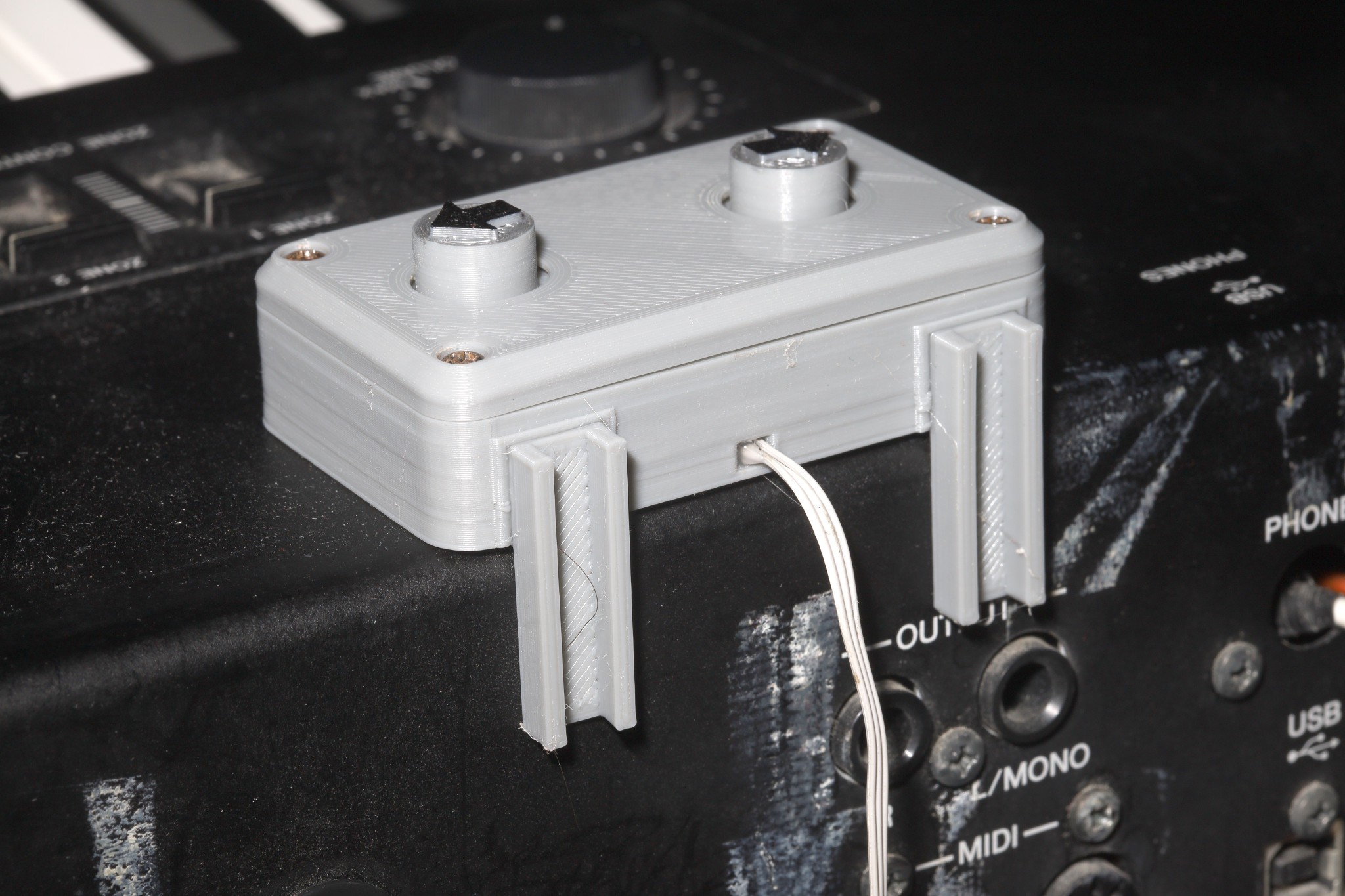

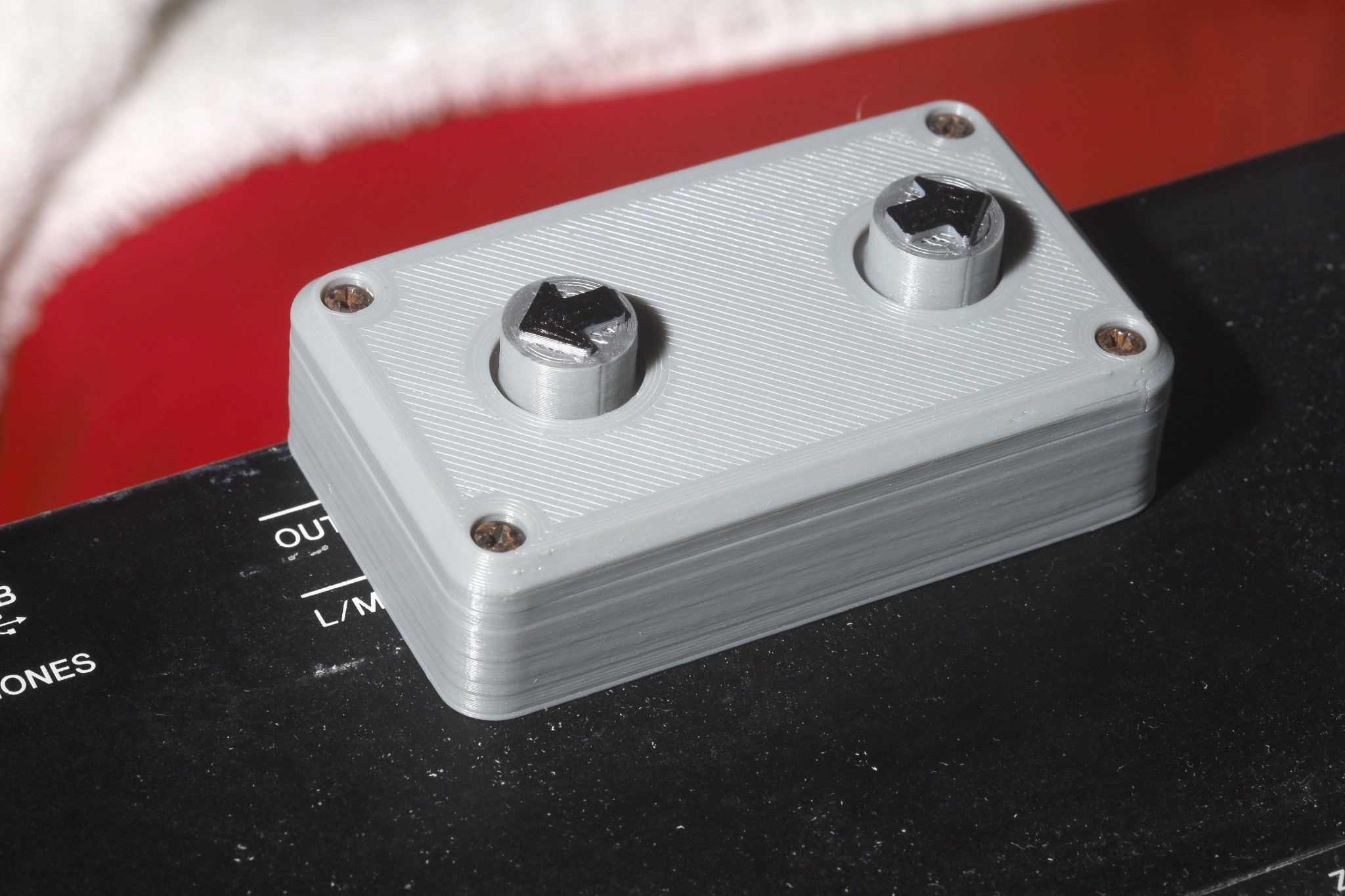
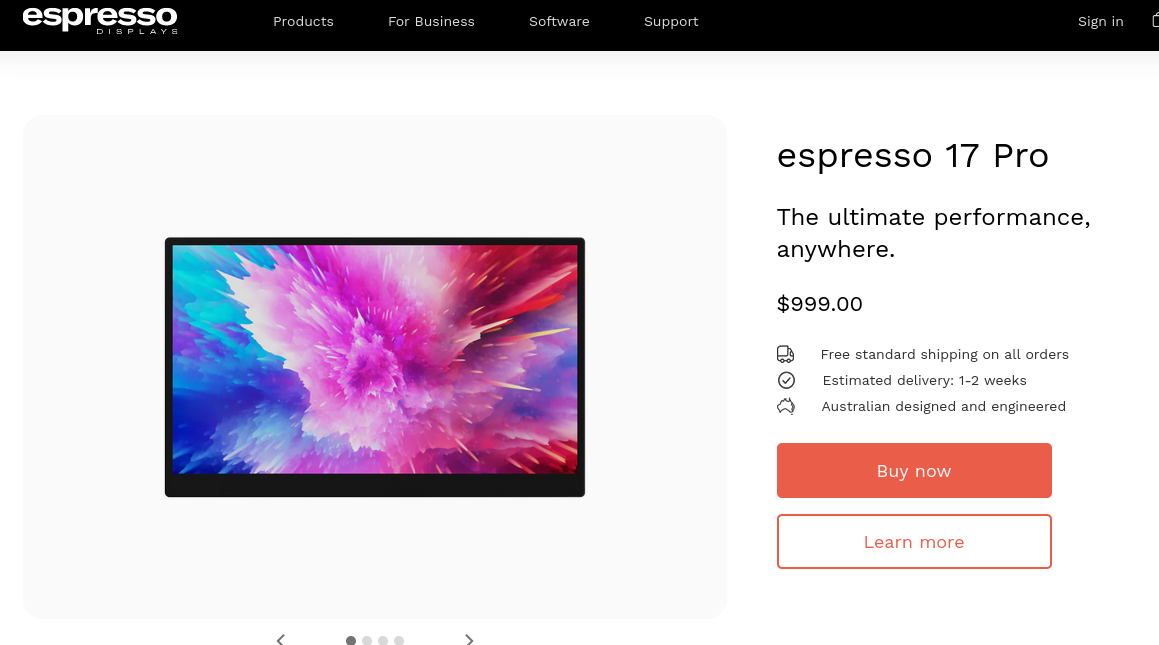
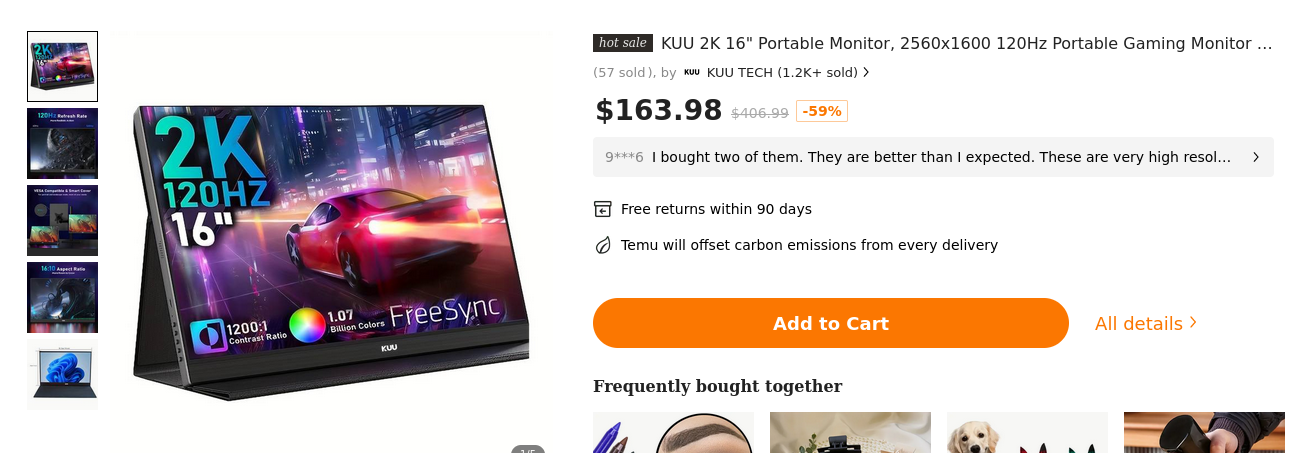
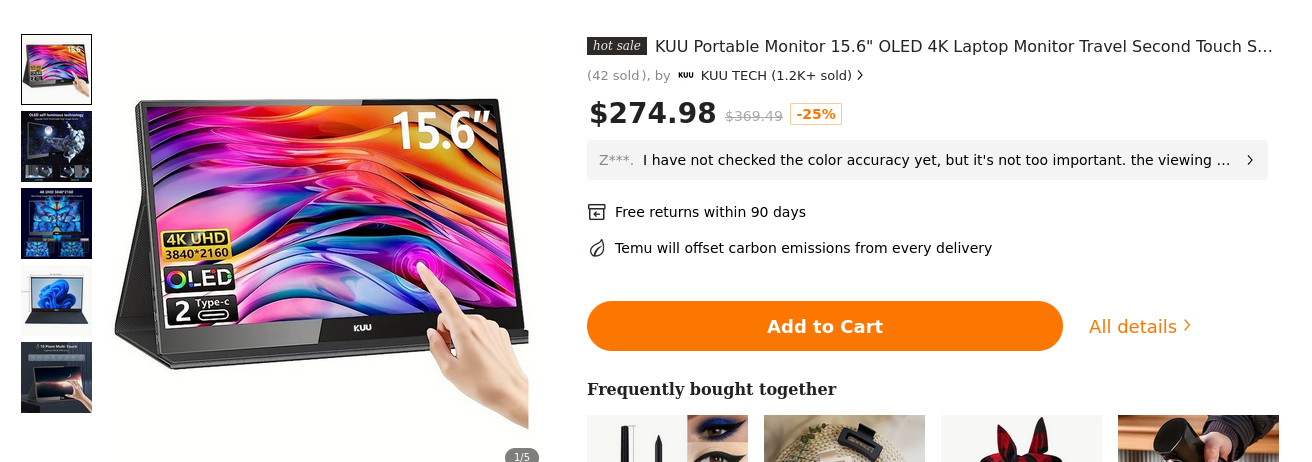
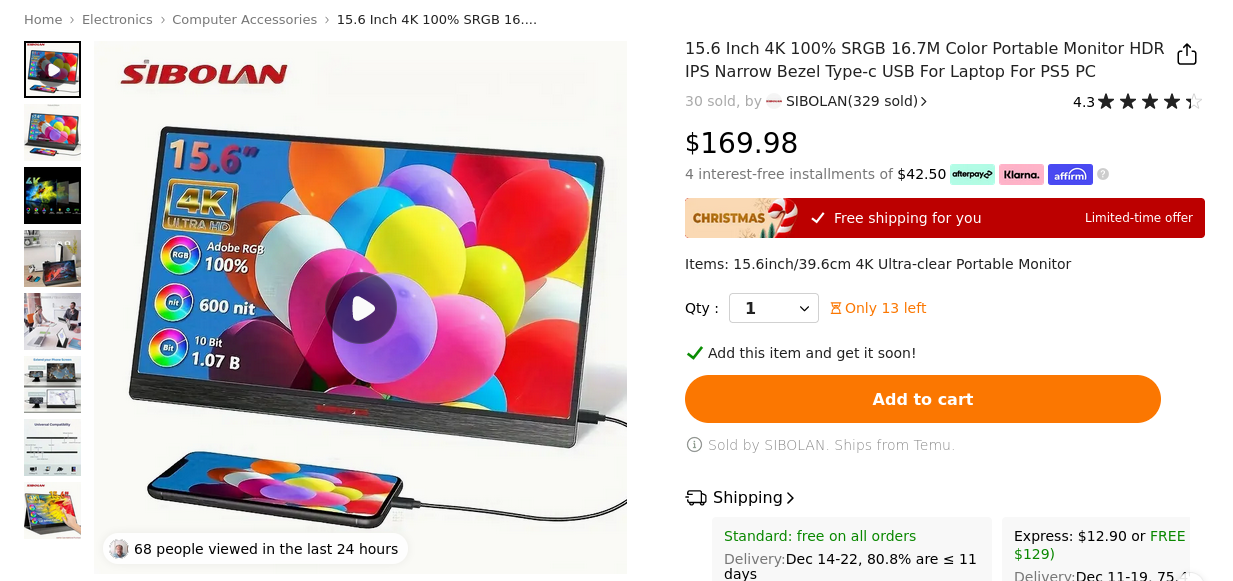
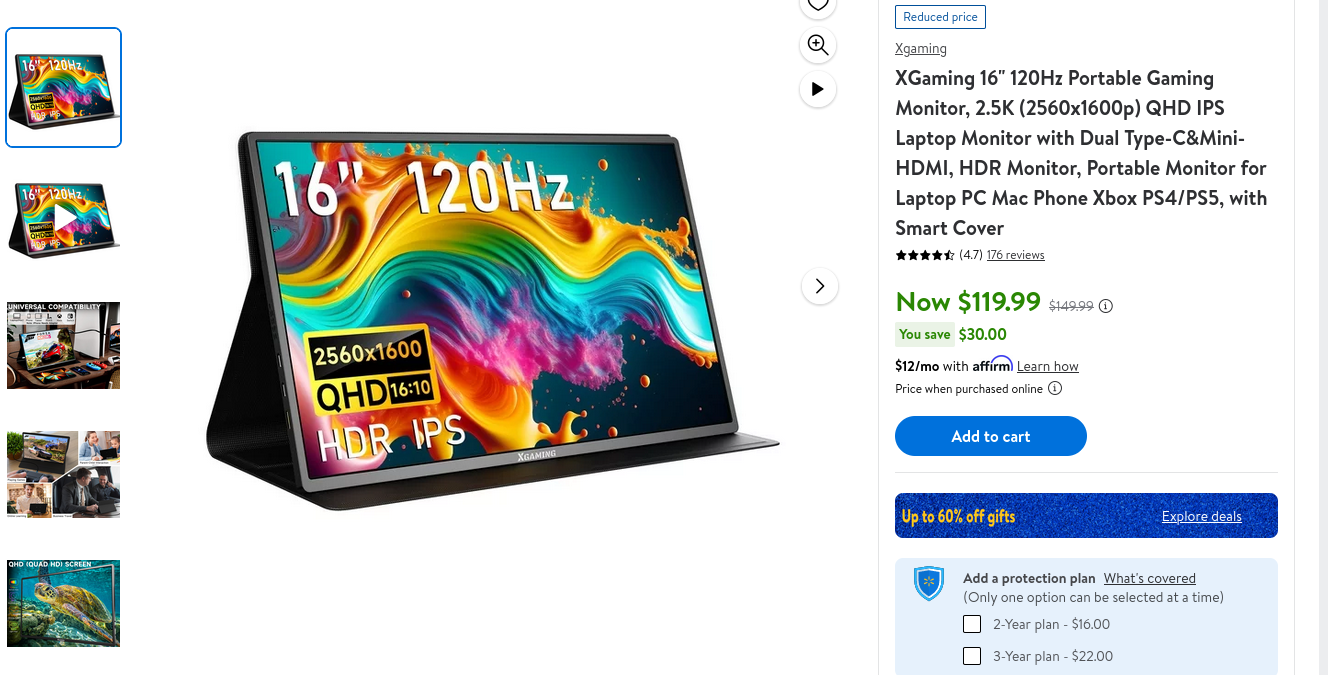
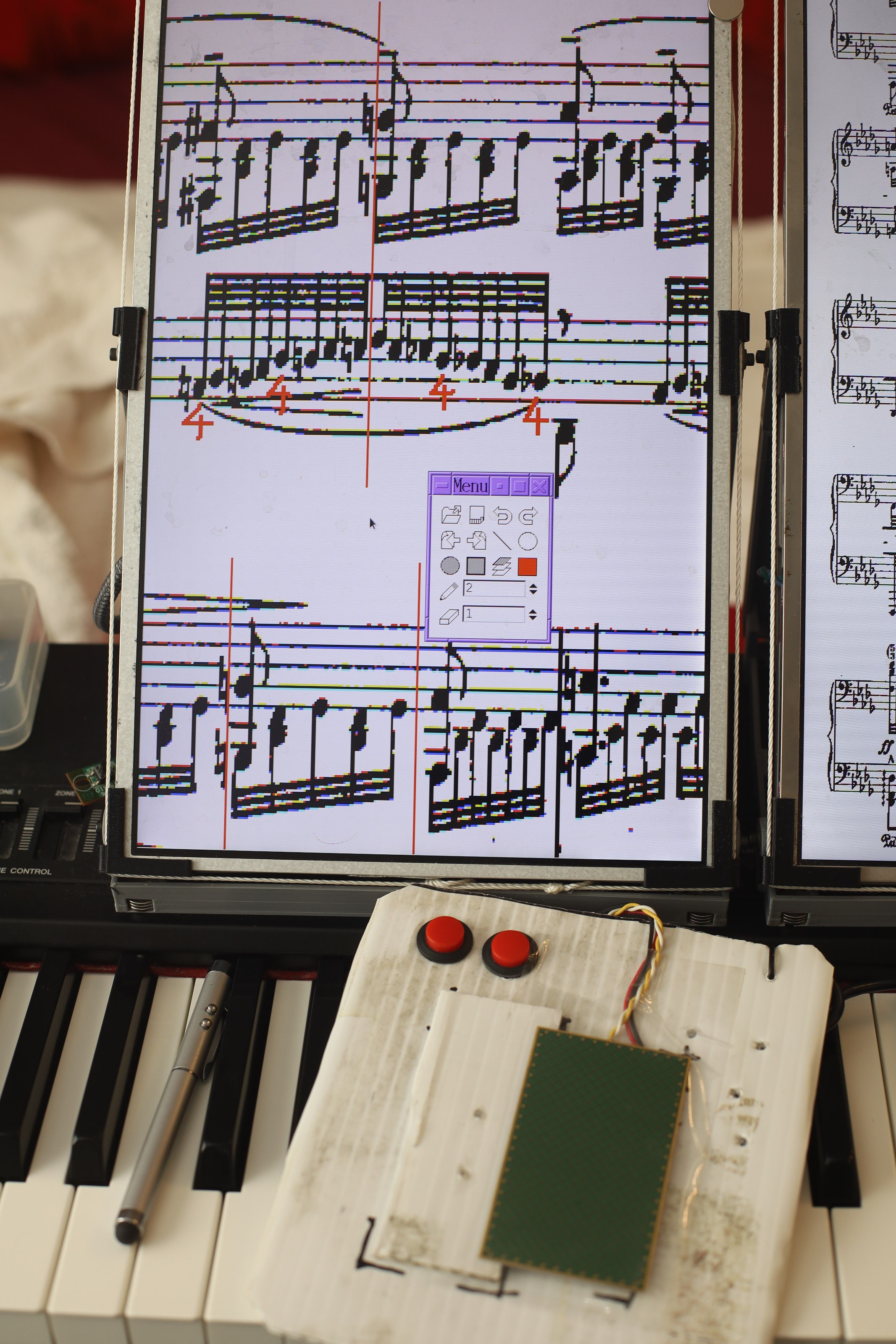
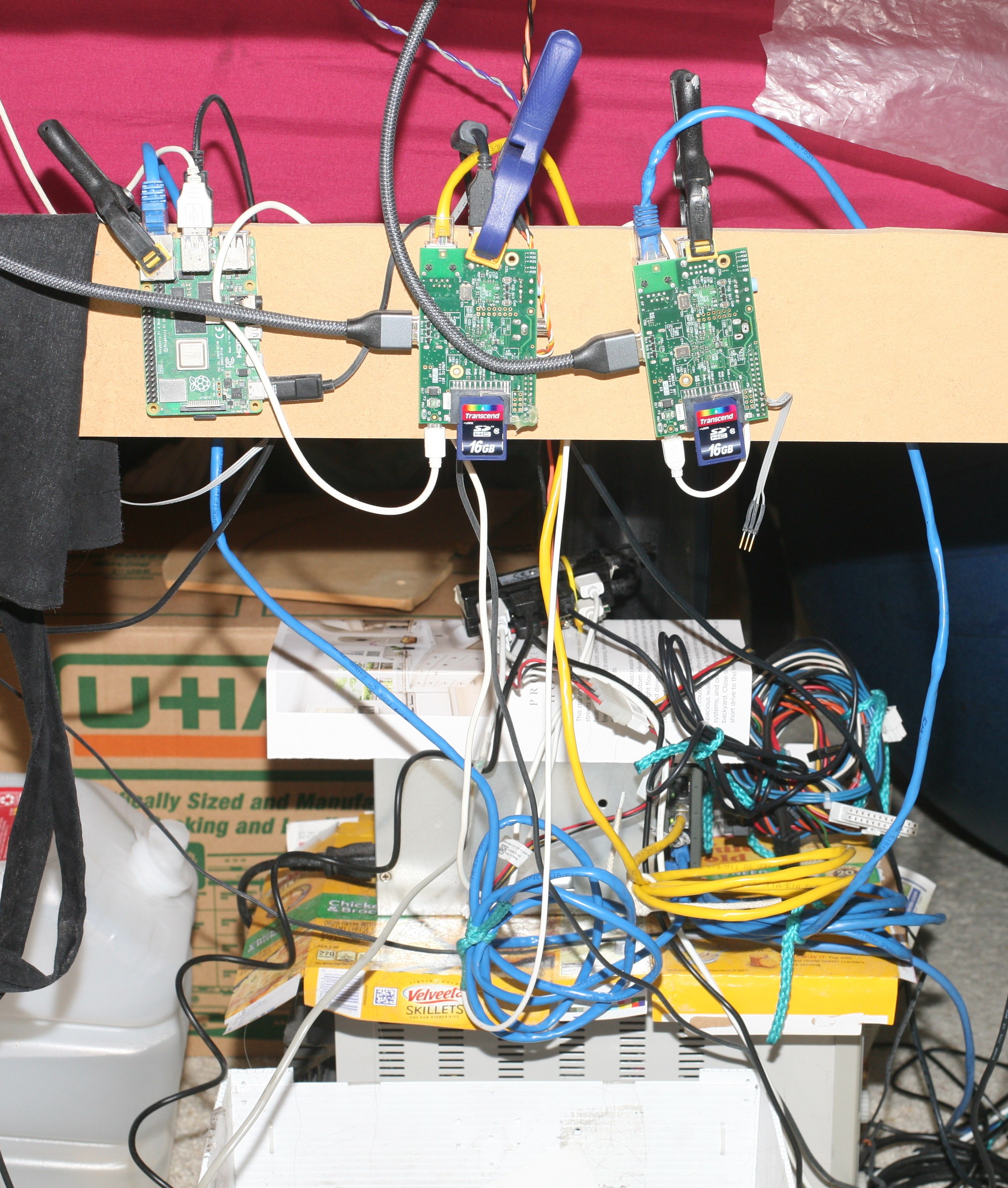

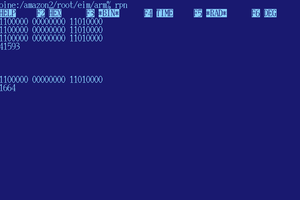
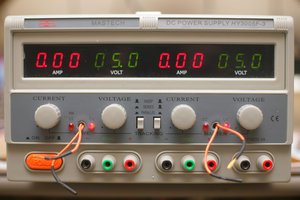
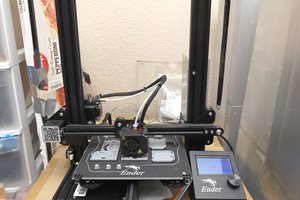
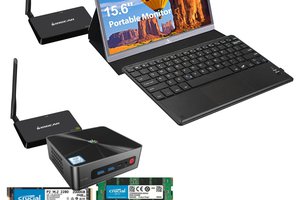
>>> The point had arrived where a dual 15.6" 1366x768 display just might be possible for under $100
Very much so! I'm compiling information on general reuse of these displays here: #All About Laptop Display Reuse , drop by our chatroom anytime!
>>> All LCD controllers seem to do the same basic conversion from HDMI to a certain number of LVD pairs
Yep! The controllers that you mention specifically, M.NT68676 boards, also need to be programmed with the right firmware to drive 1366x768 panels.
>>> describes entering a 1366x768 6 bit mode.
That sounds good, I didn't know that's what "LVDS mode" meant for these controllers, but it makes sense!
What I'd typically recommend is punching your panel number into the eBay search bar, in your case, you'd get this: https://www.ebay.com/itm/353425194982 . I went and checked - both of your panels have the same pinout, driving requirements and color bit mapping scheme, so if you buy 2pcs of this same controller, it should work with both of the panels. Searching for a panel-specific controller helps you avoid cable troubles, and in case of the eBay link I'm sending, it's also going to come out cheaper!
The second cable you're showing seems like the right deal - you definitely don't need a set of 14 different ones! =D However, you don't even need that cable if you're getting a panel-specific controller, since a panel-specific kit will be coming with the right cable already!
Nice project! Added it to #Laptop Display Things list =)